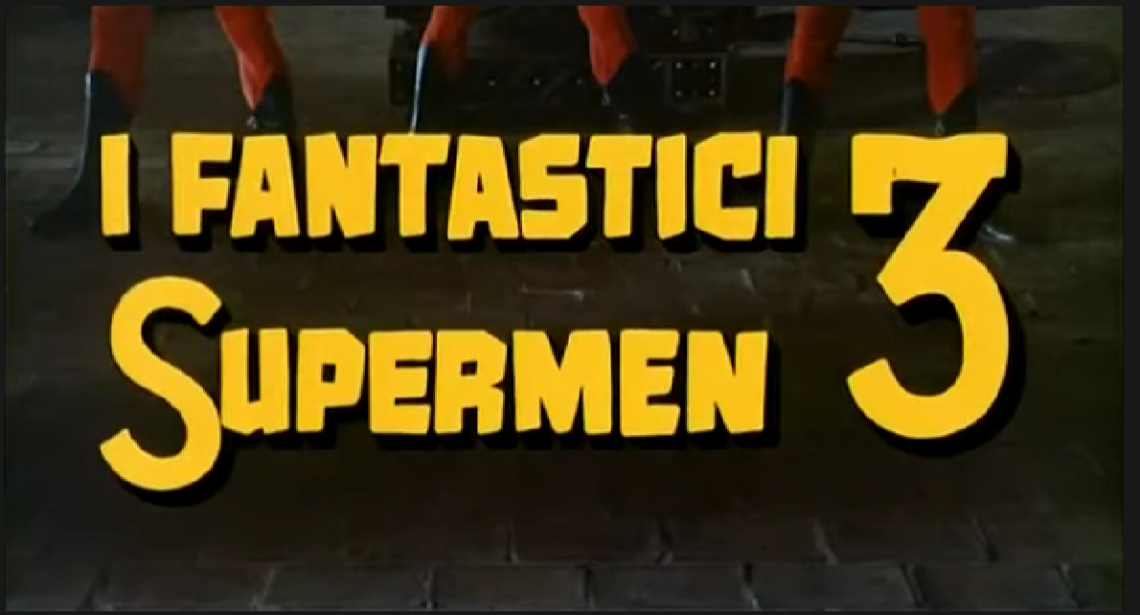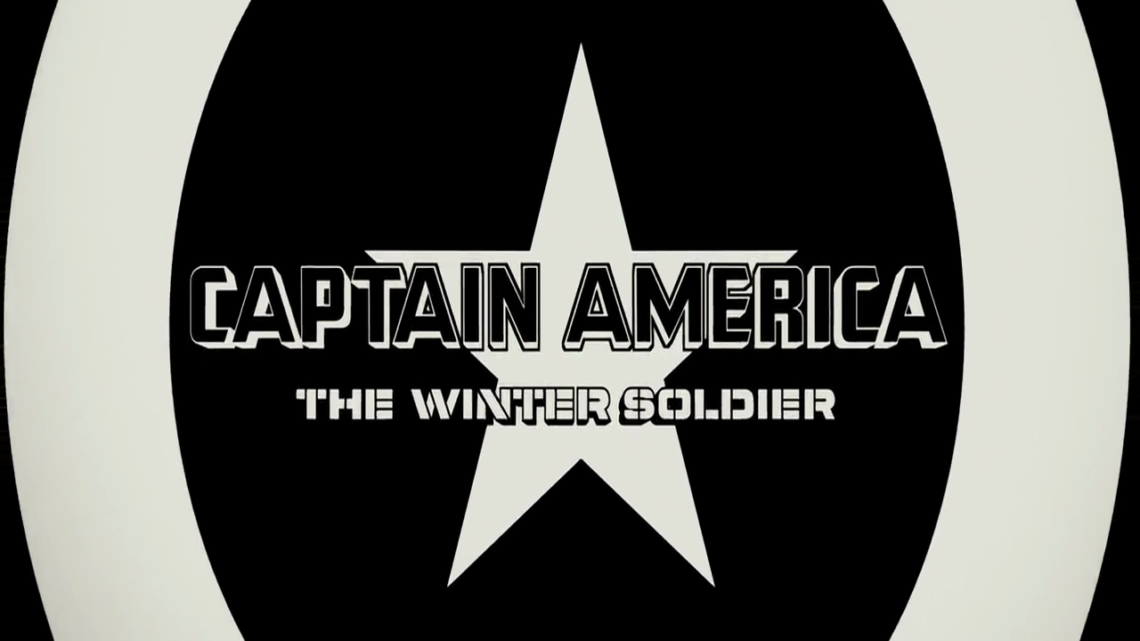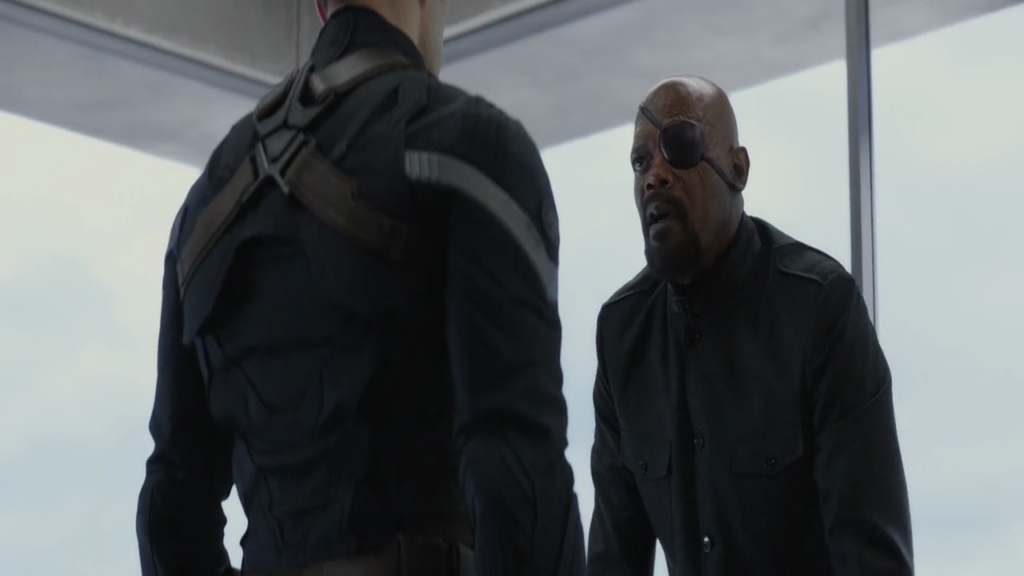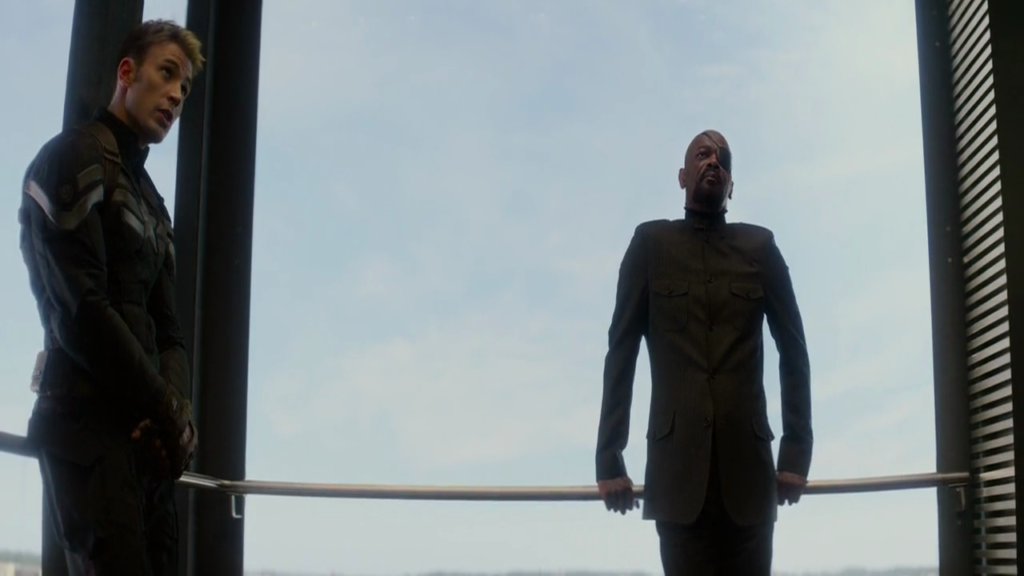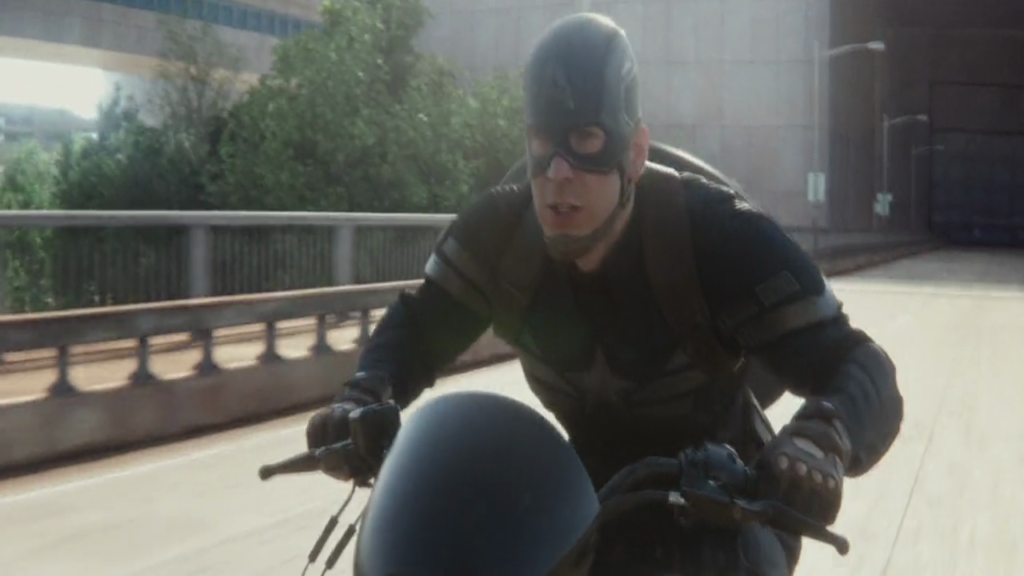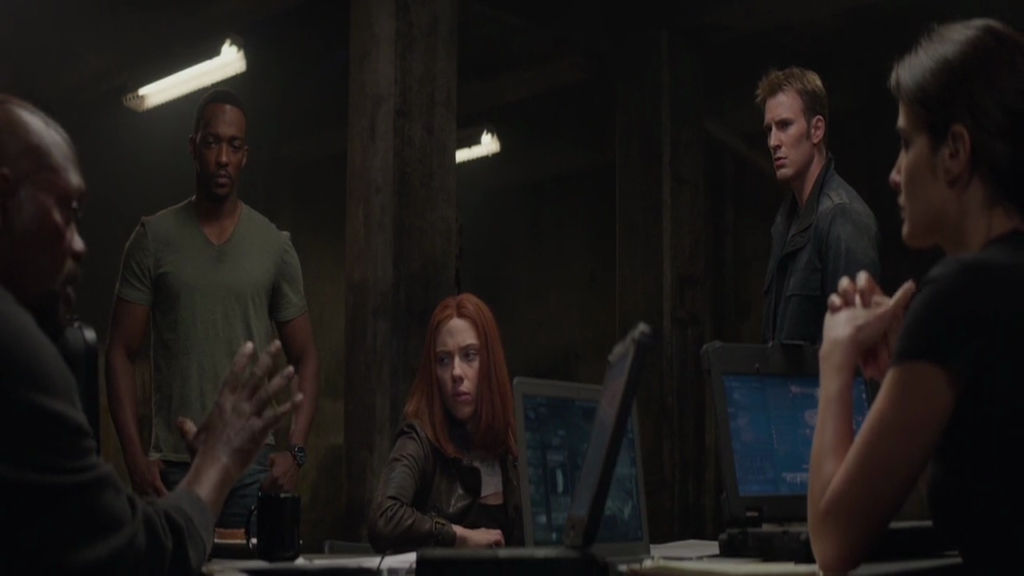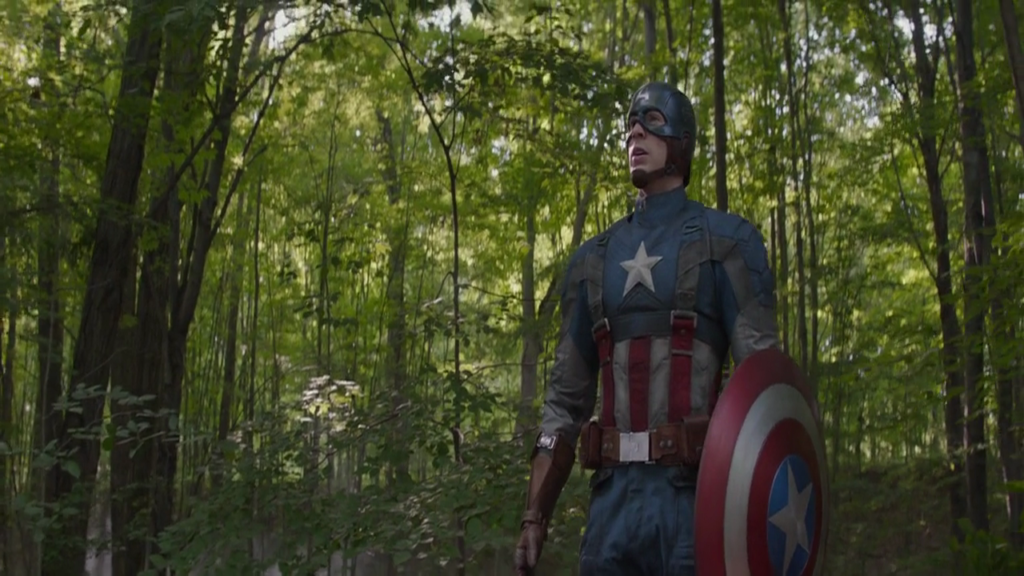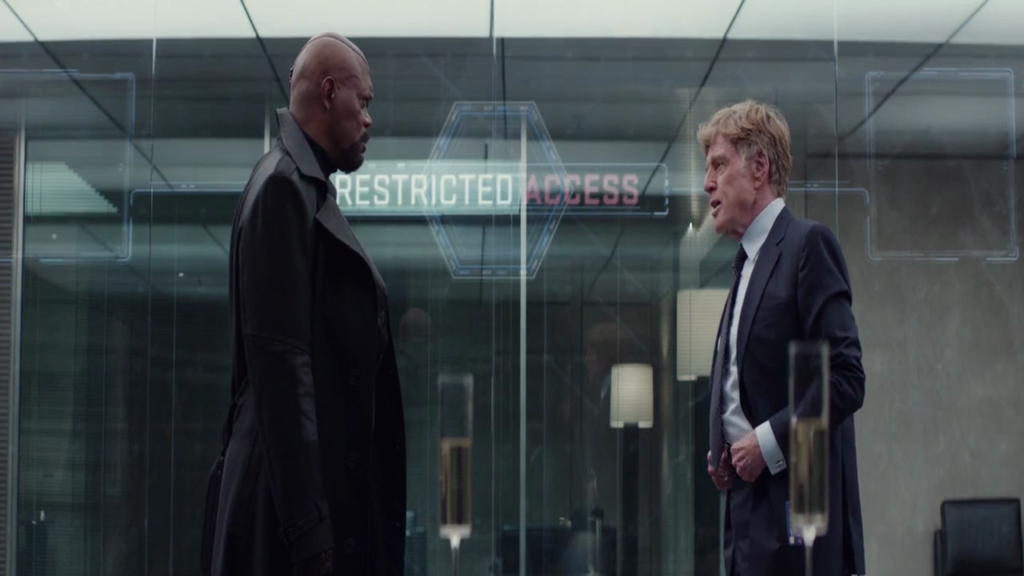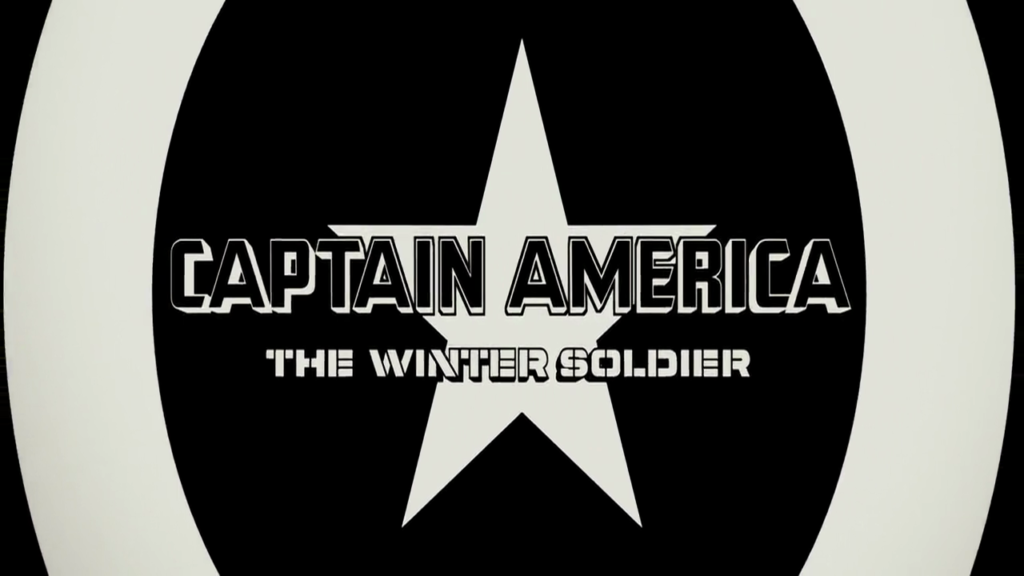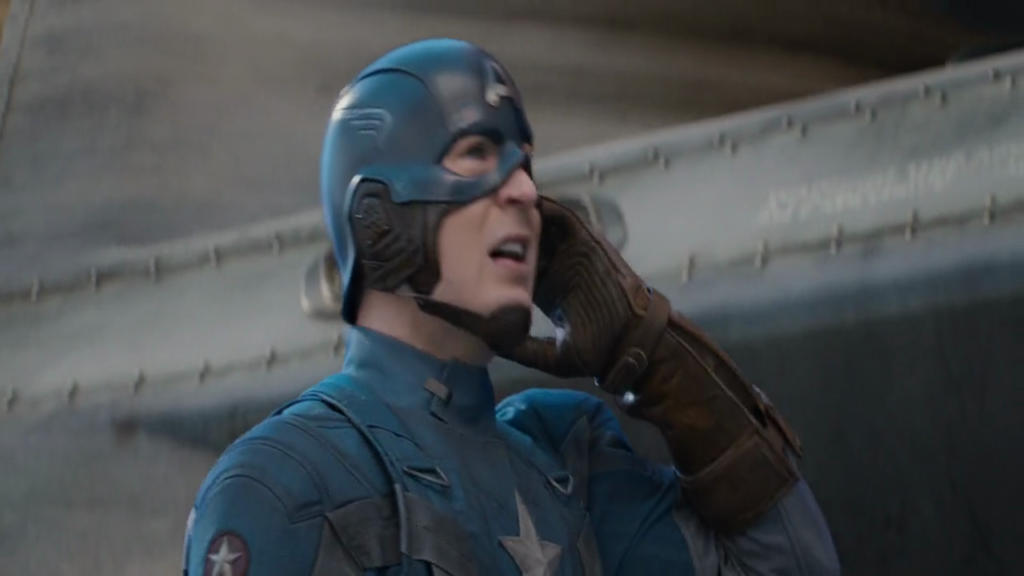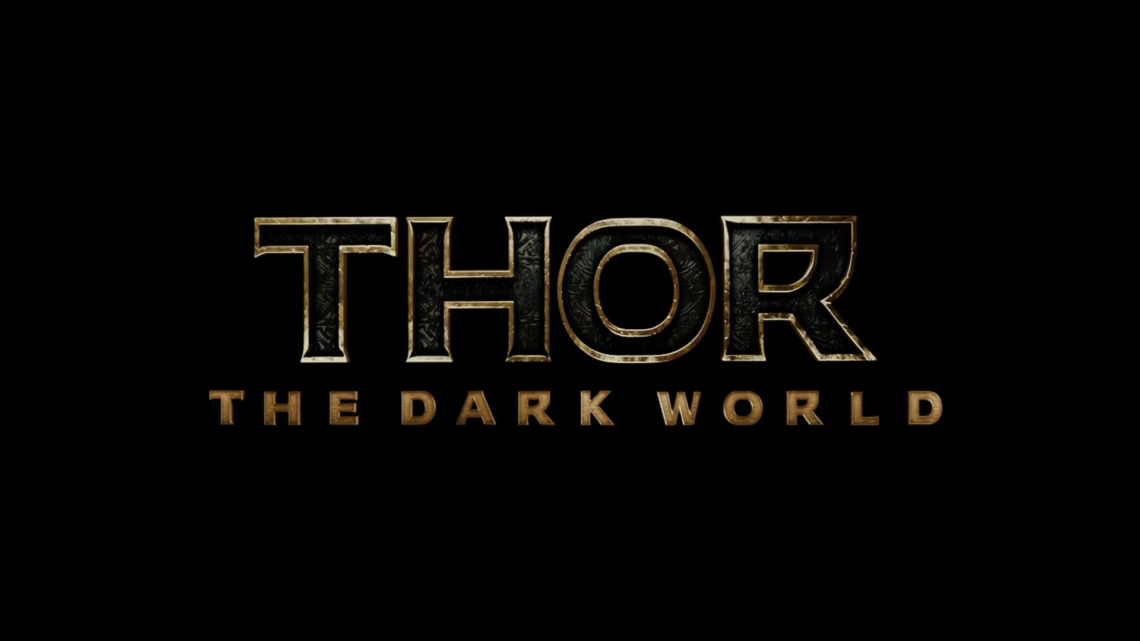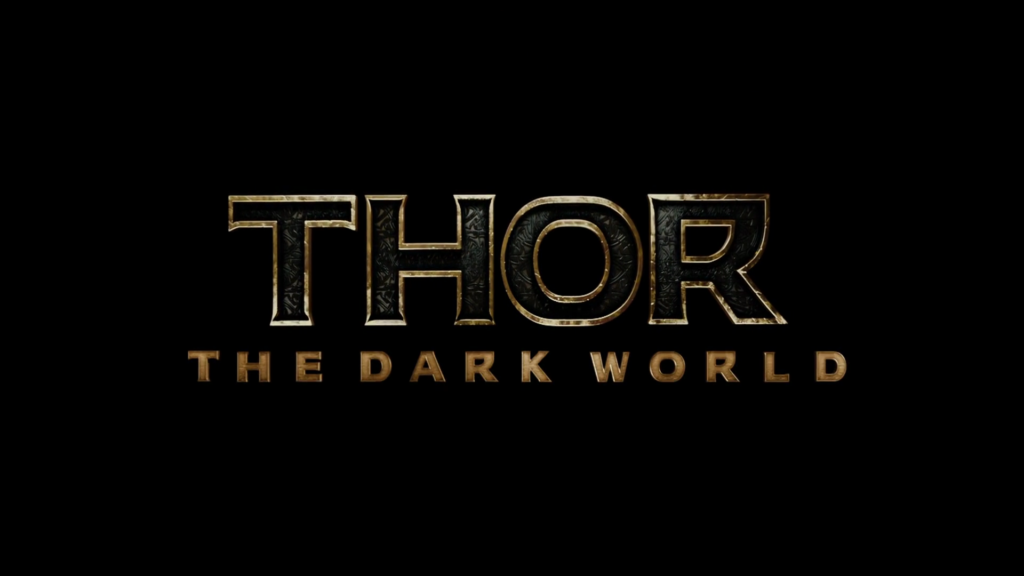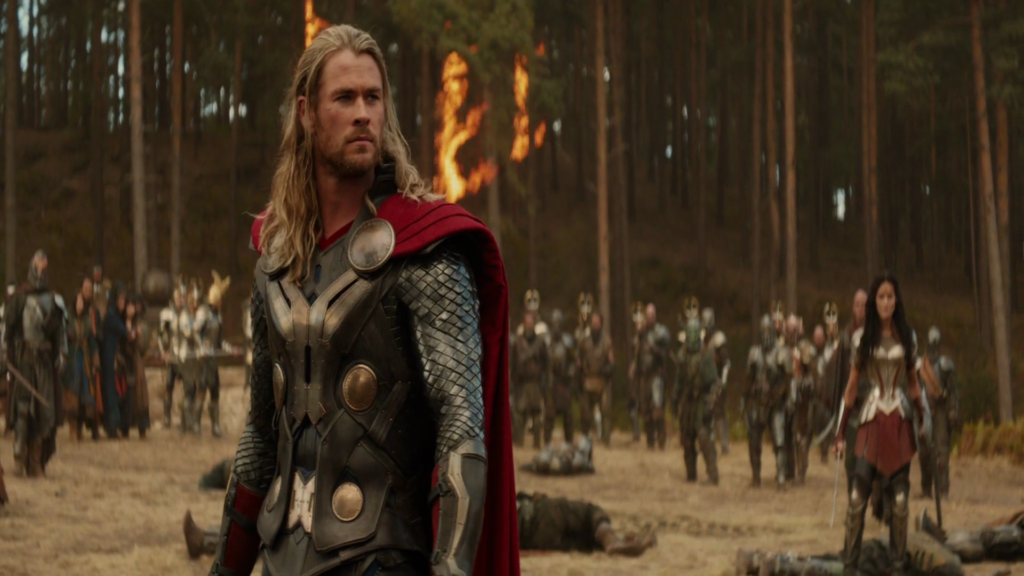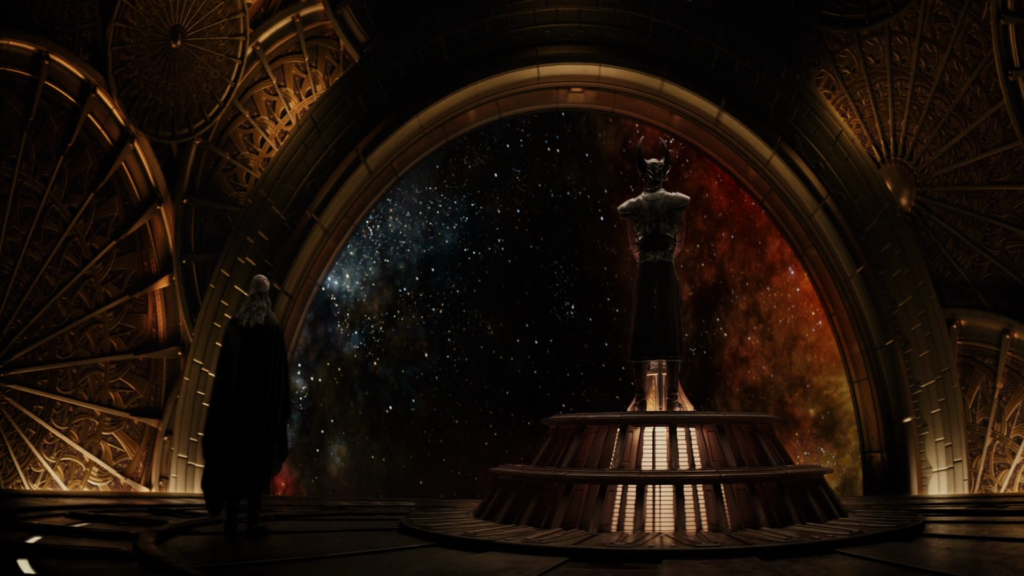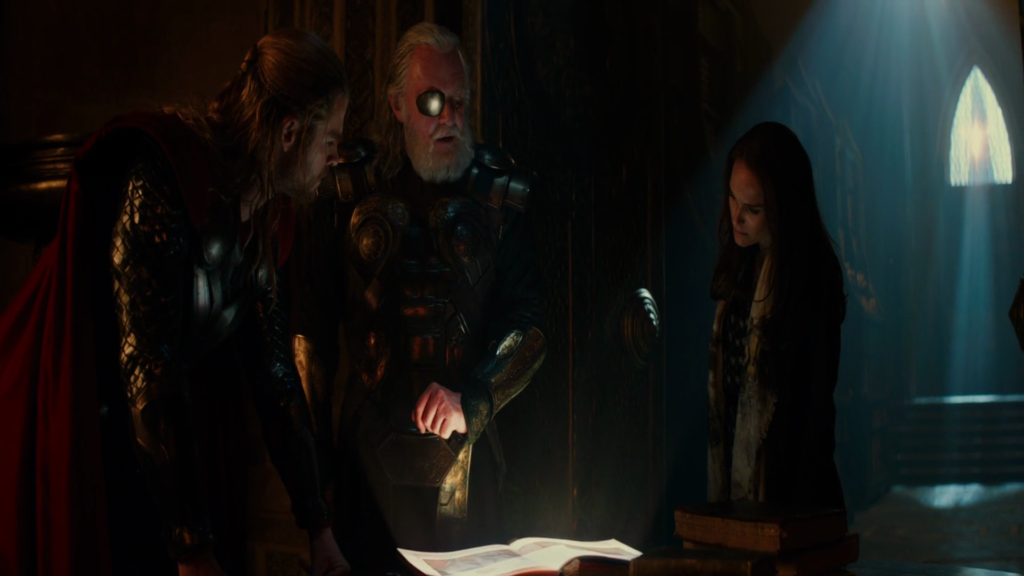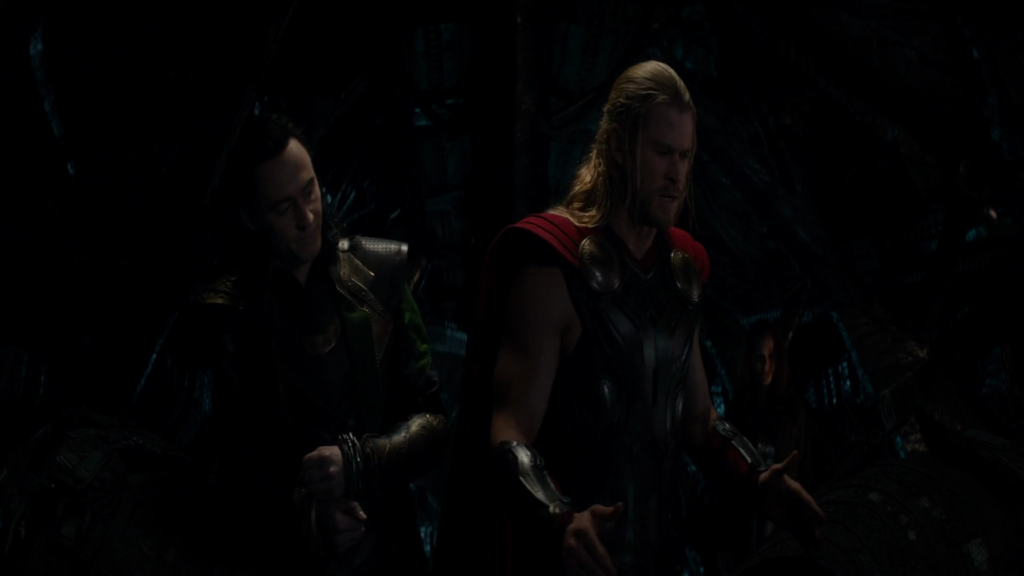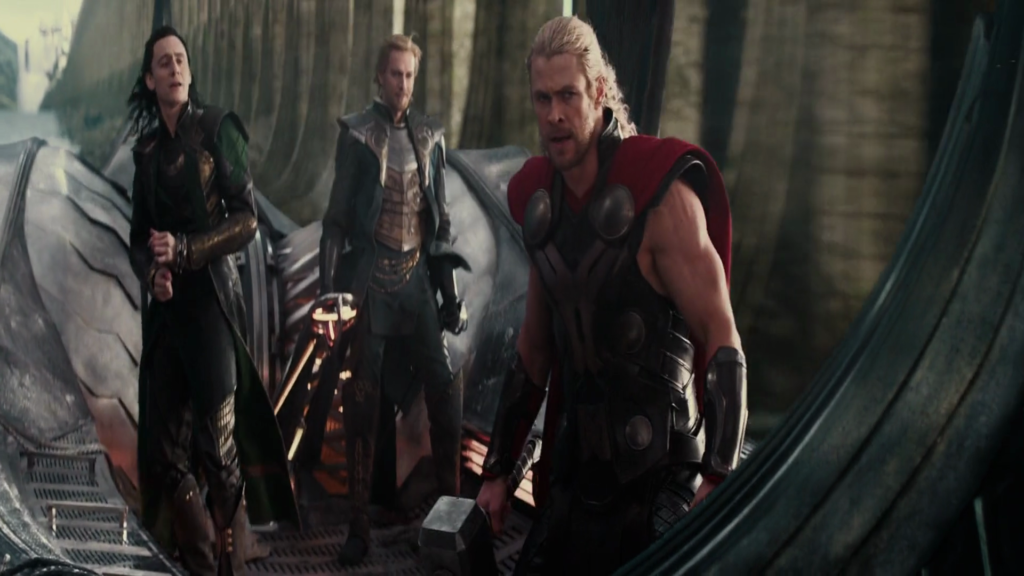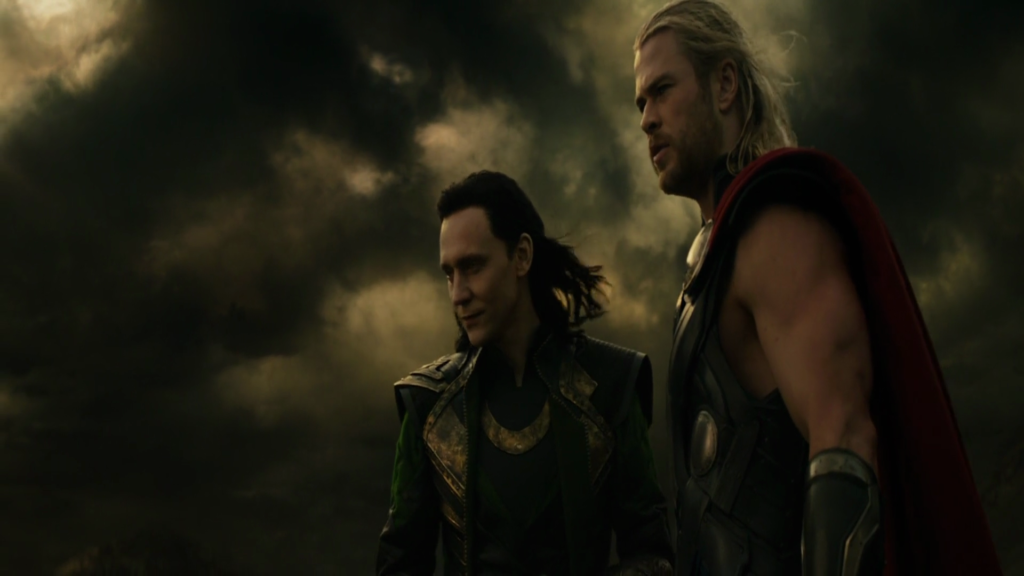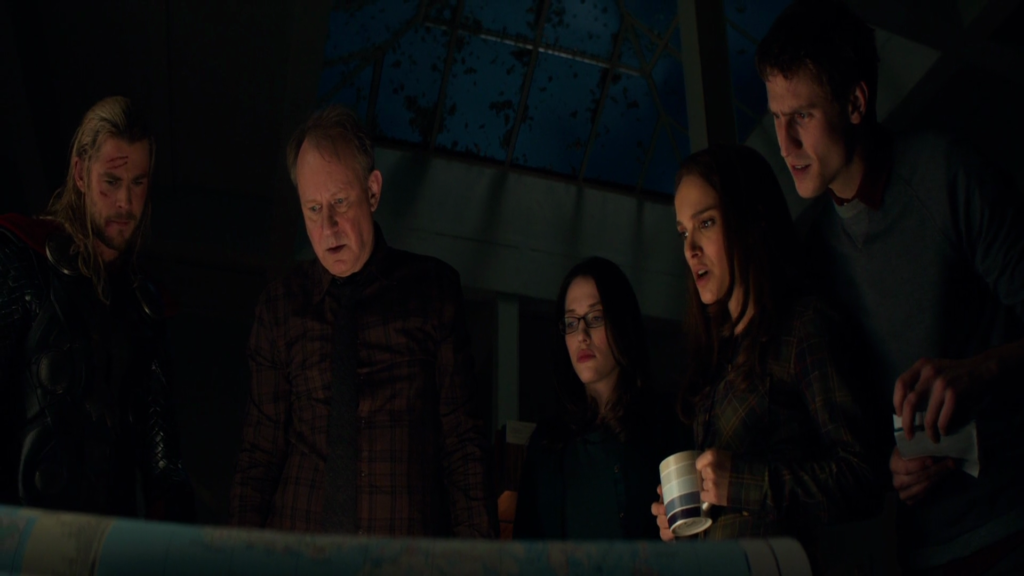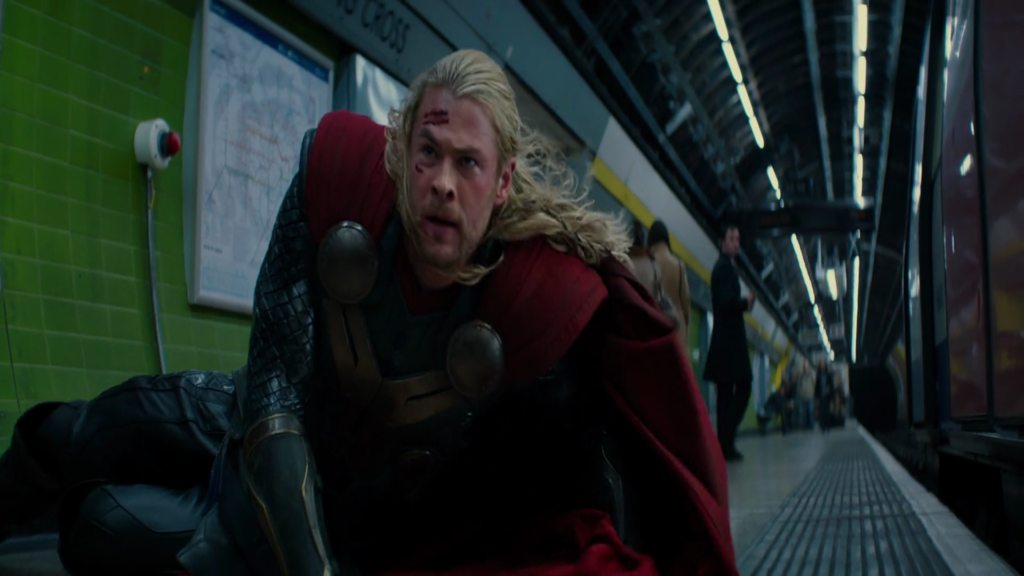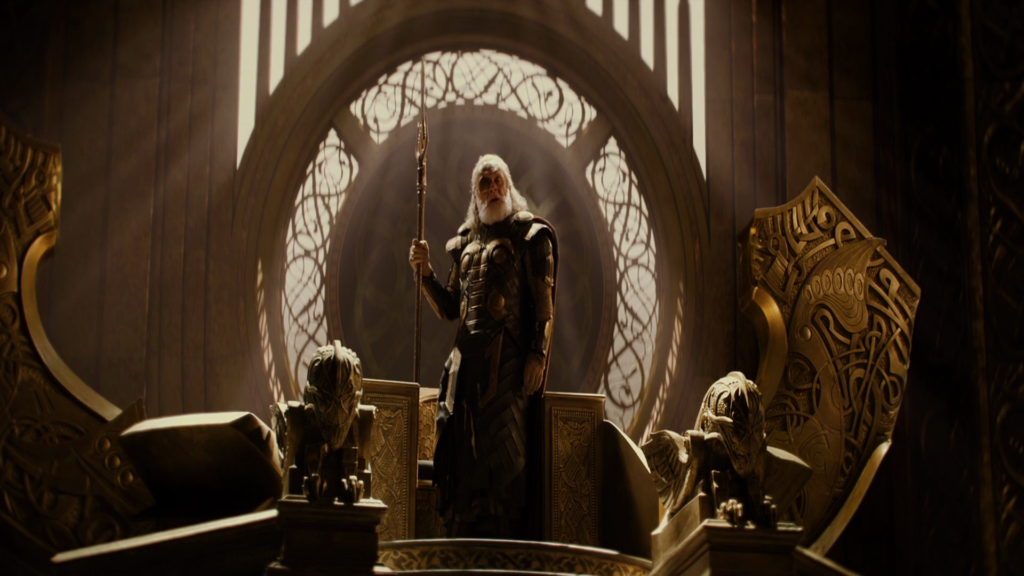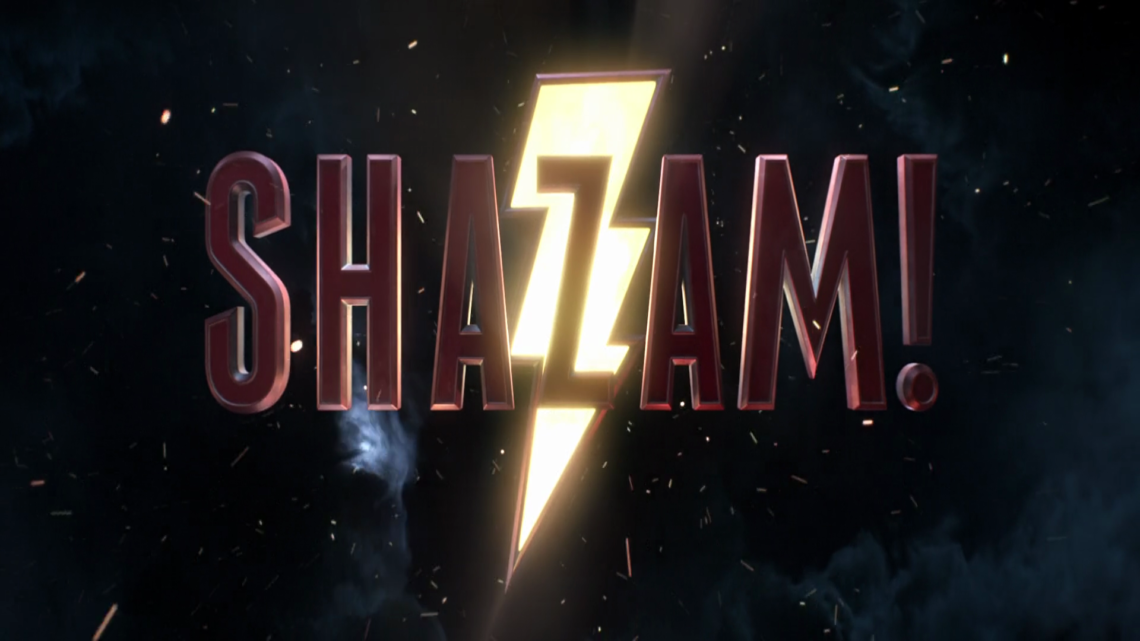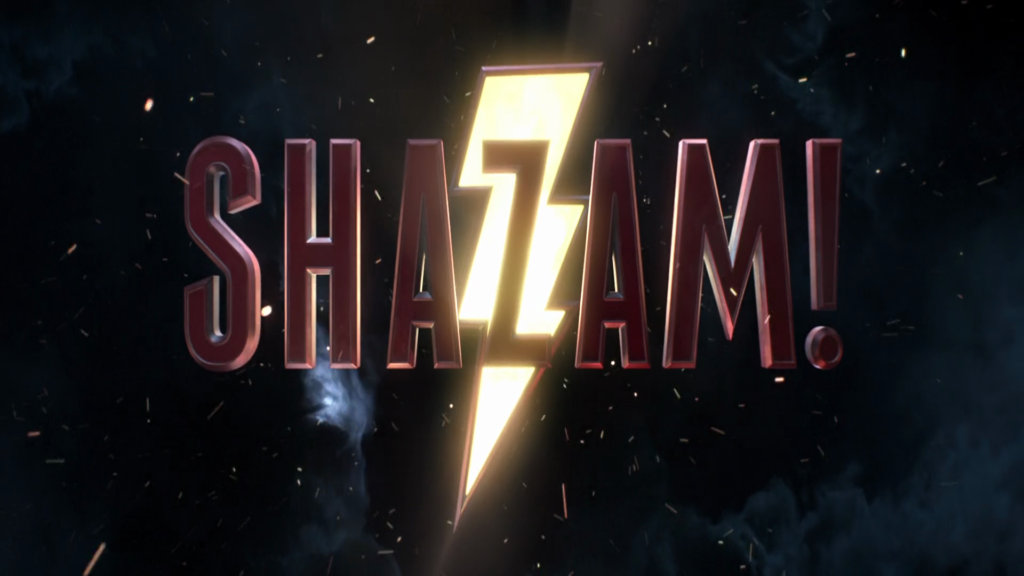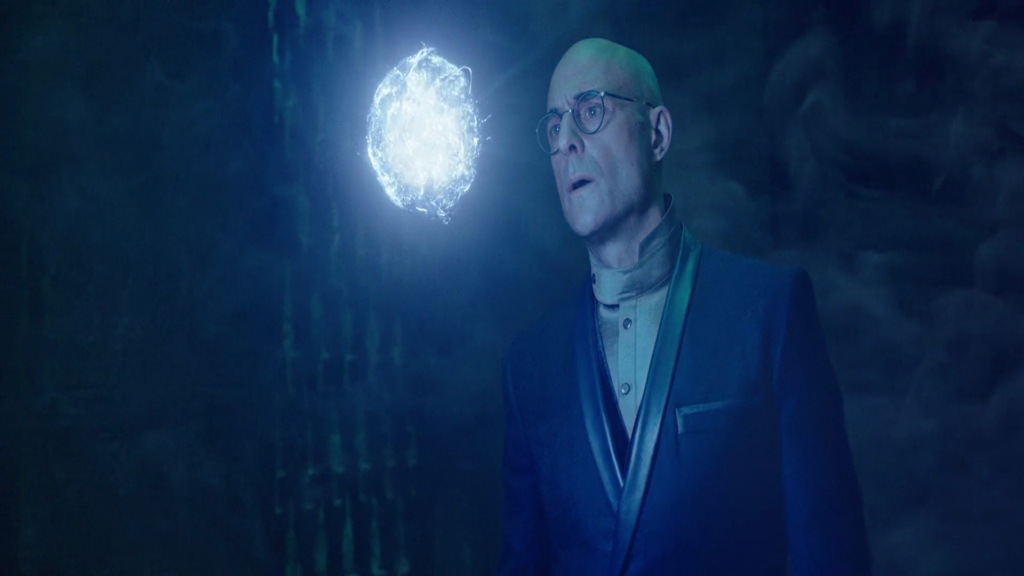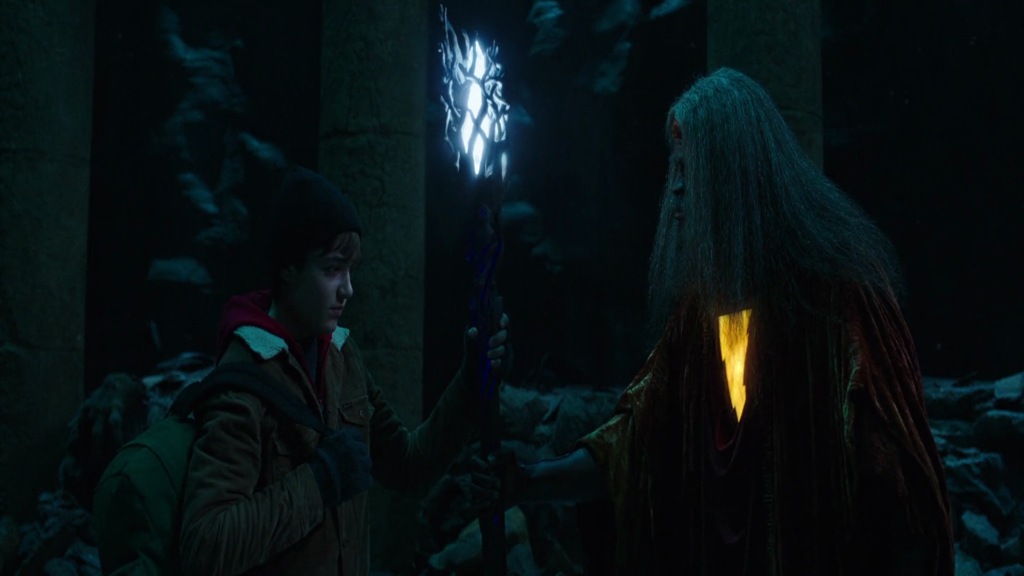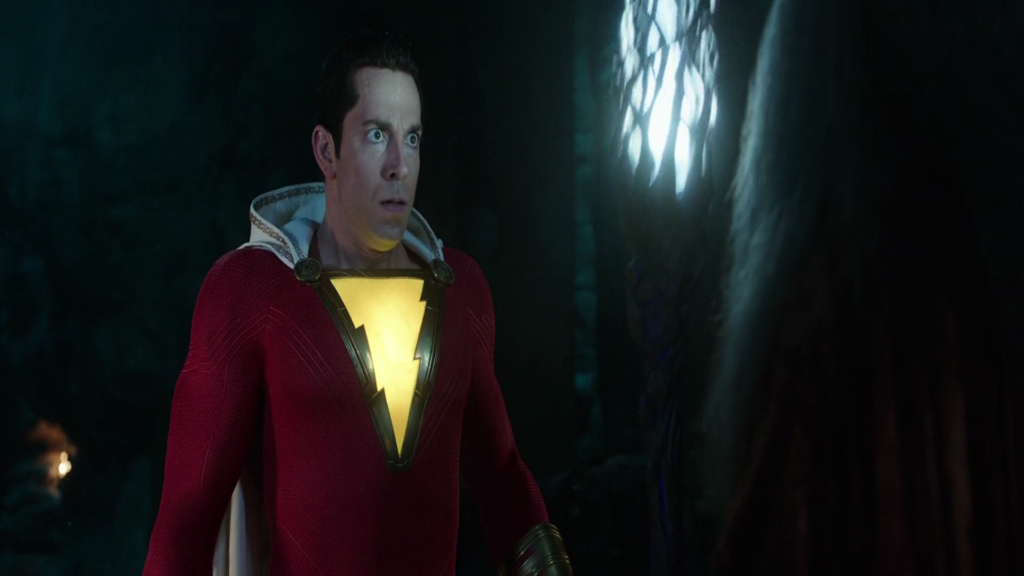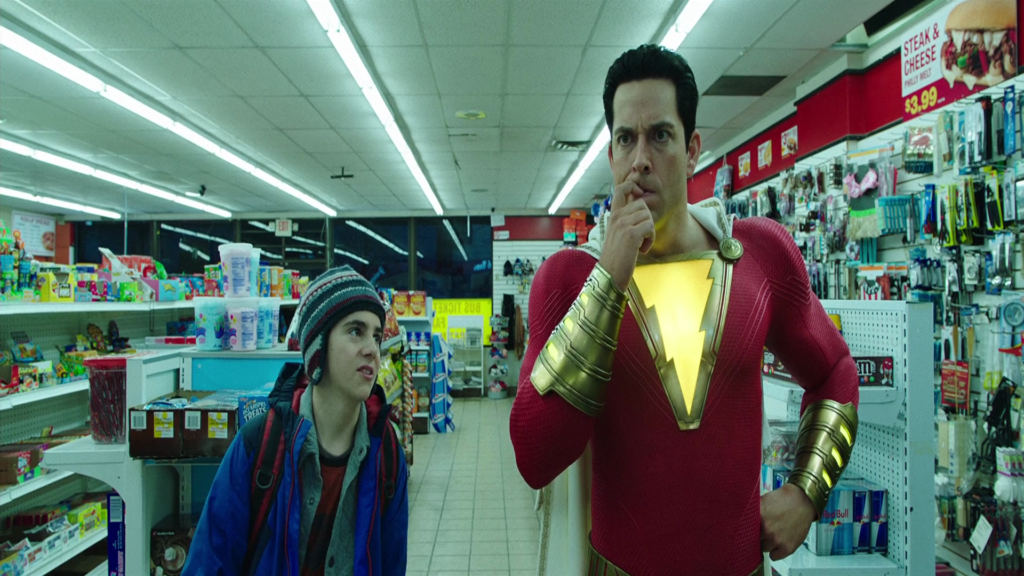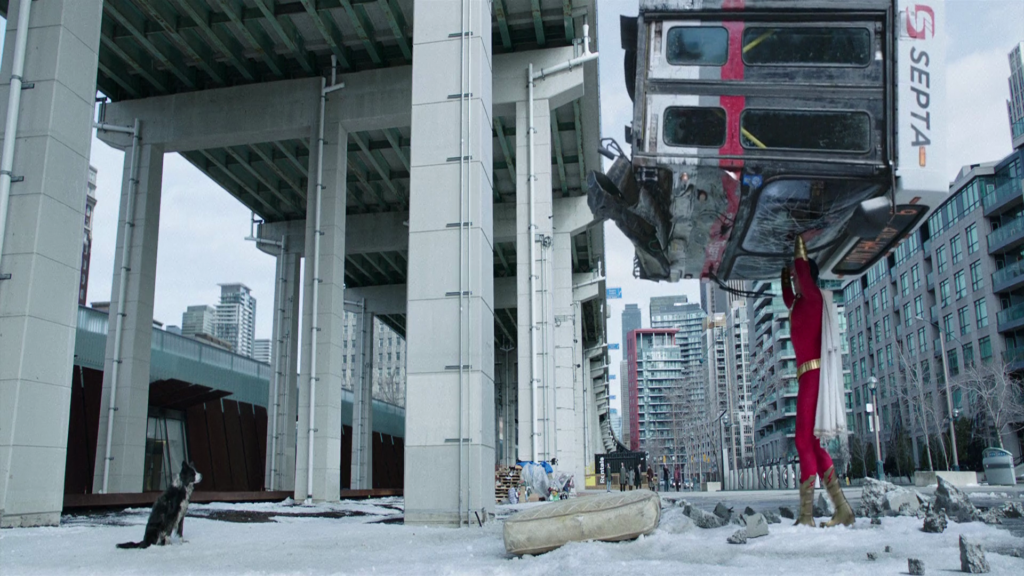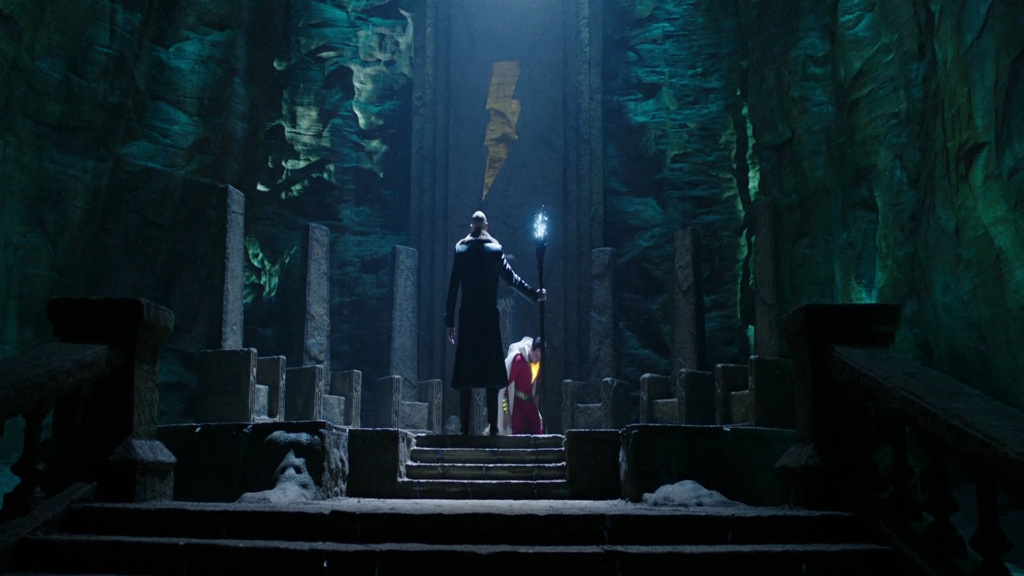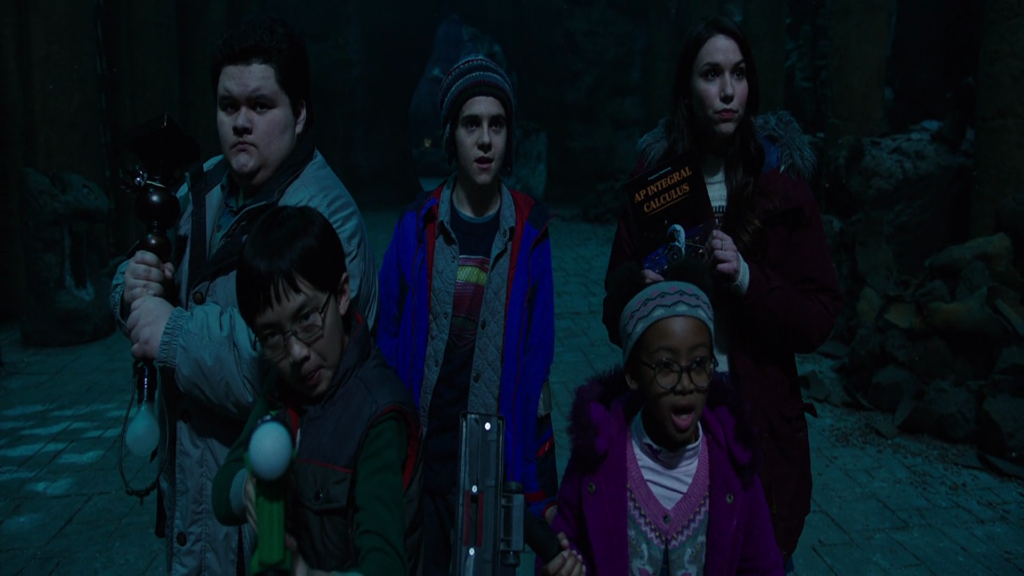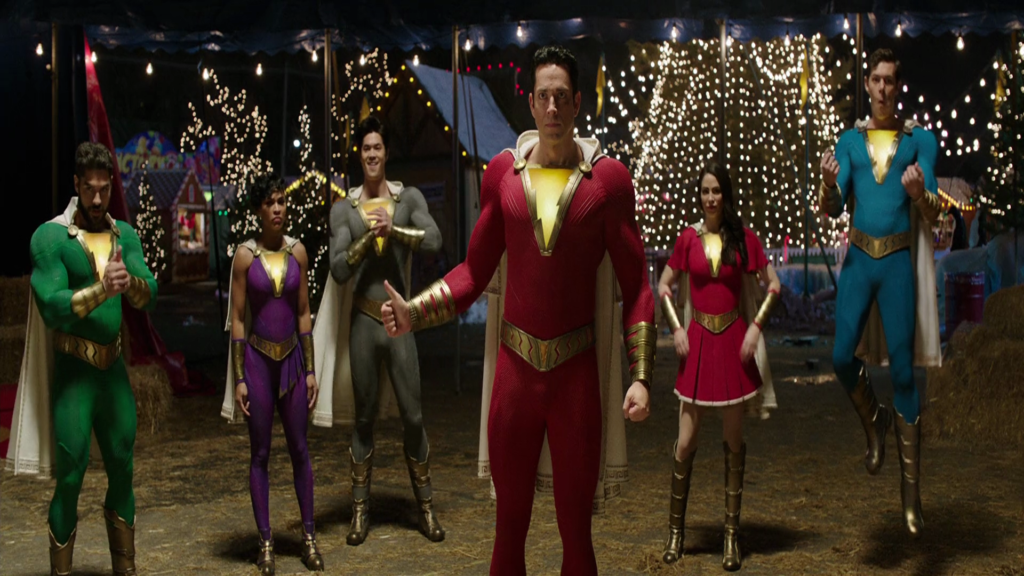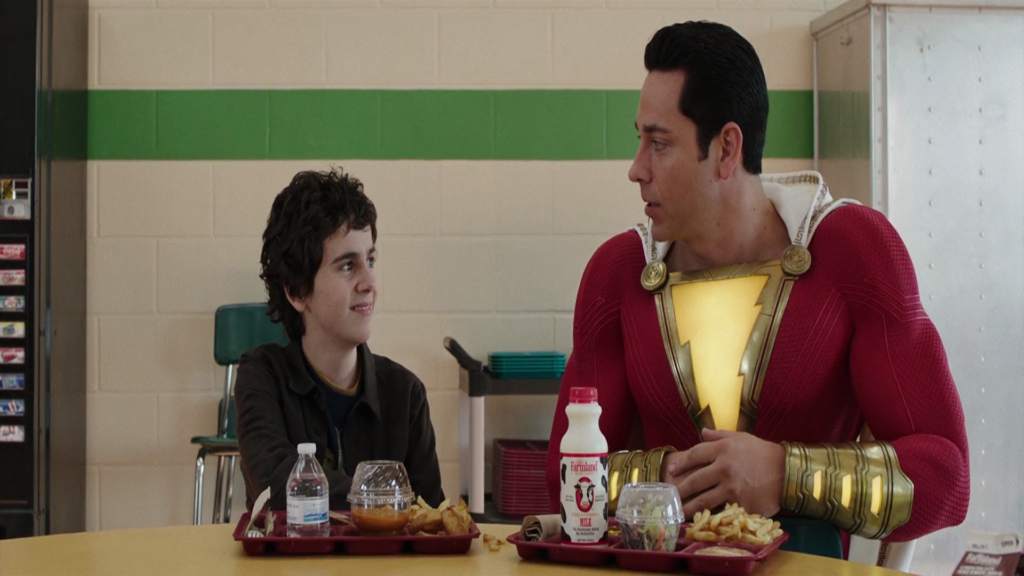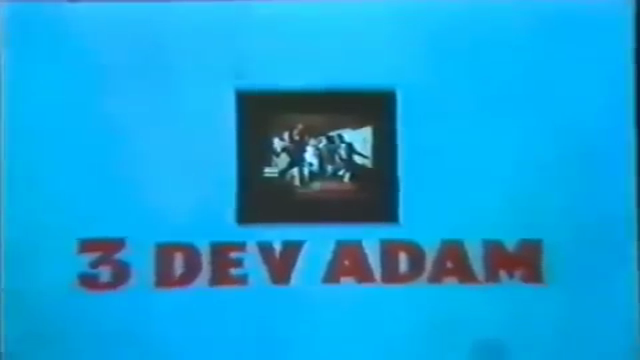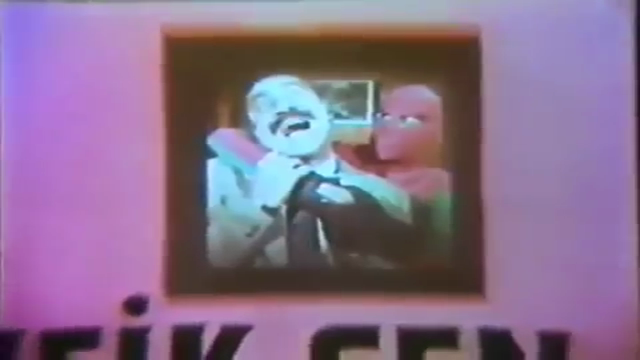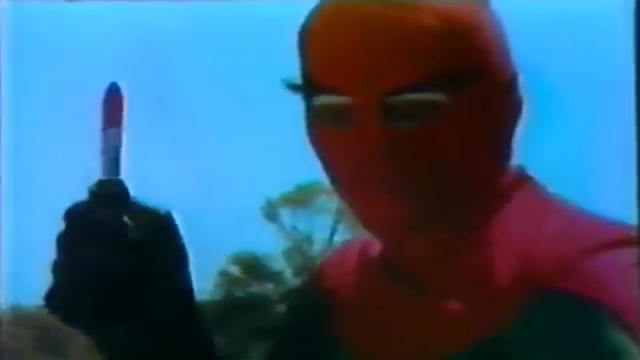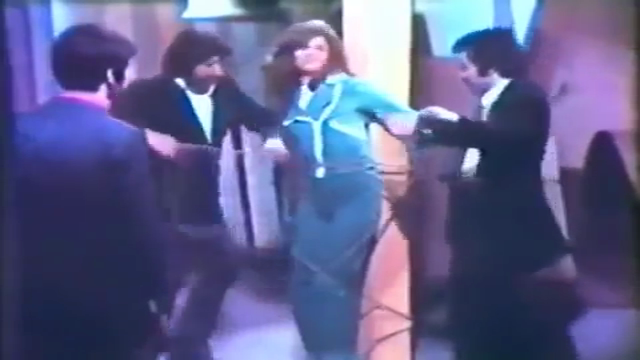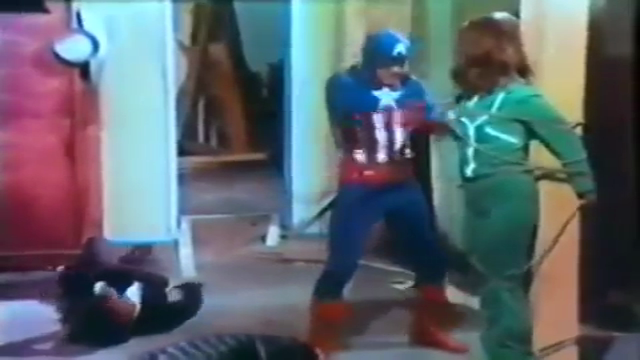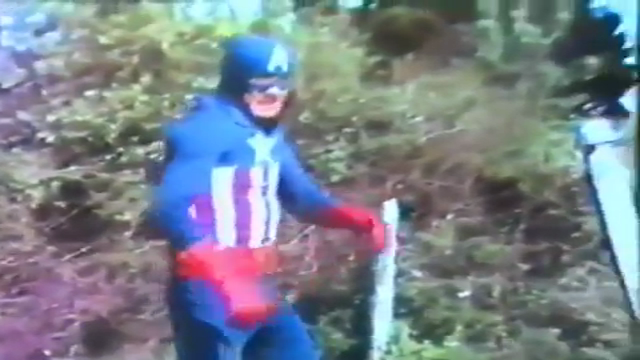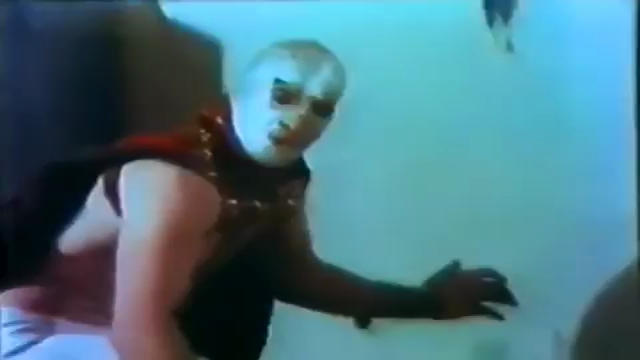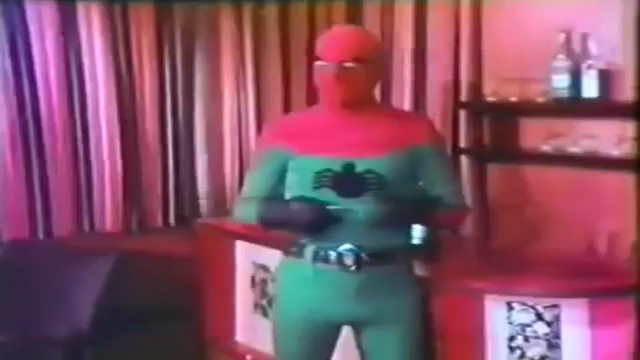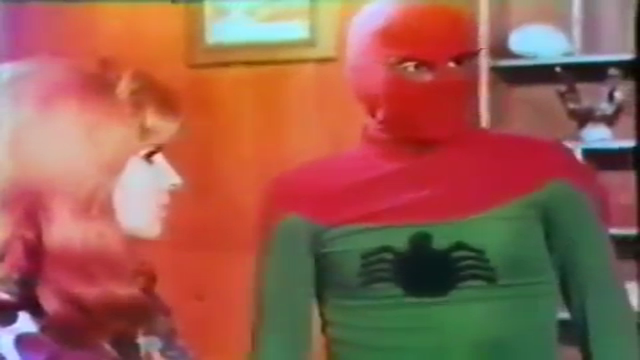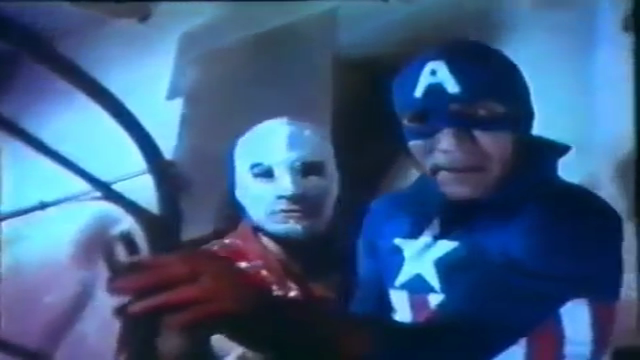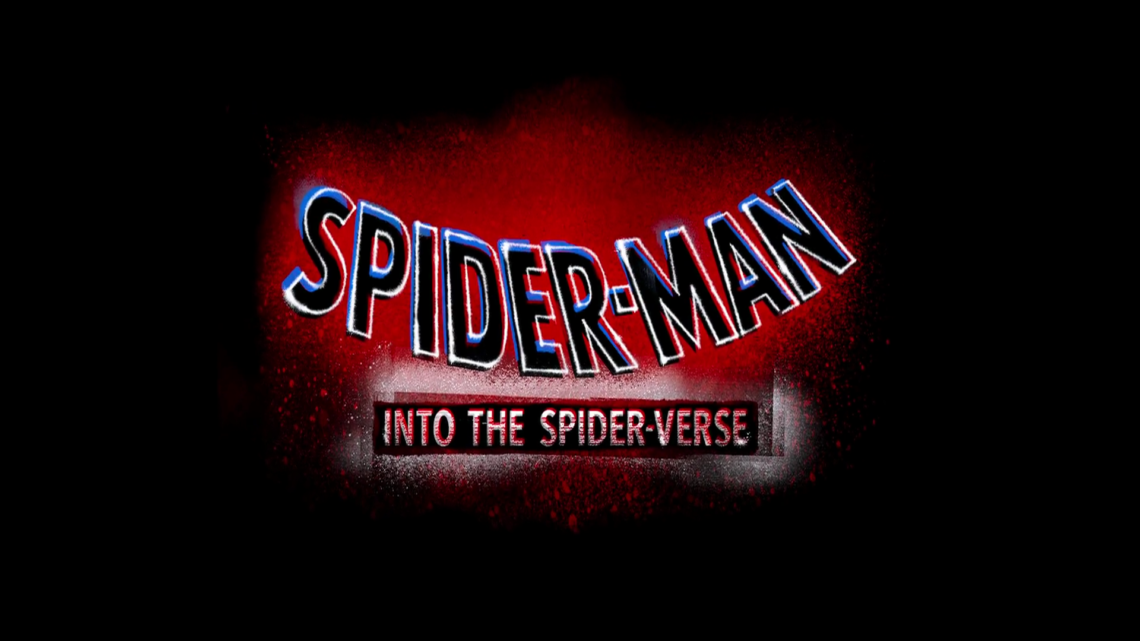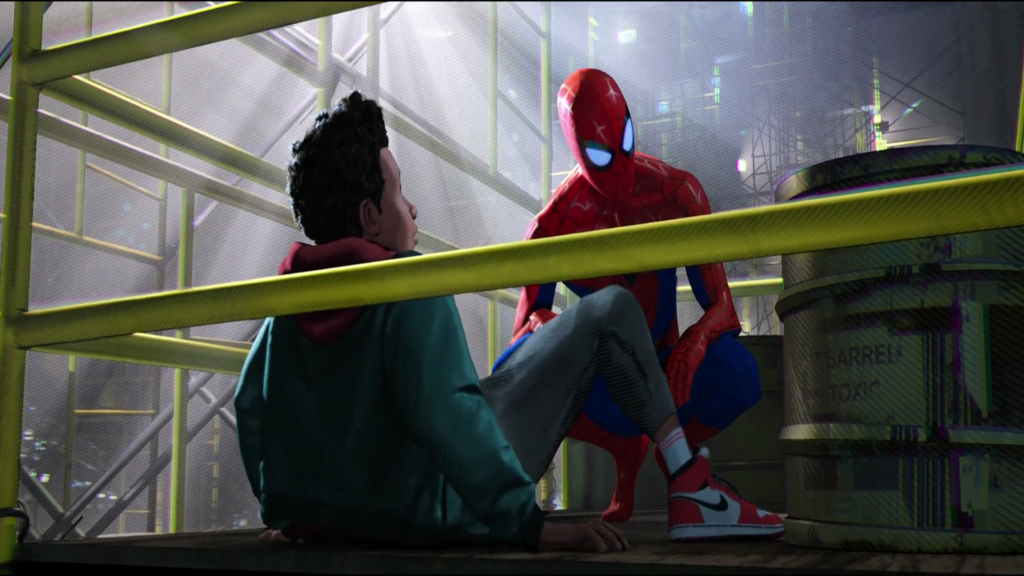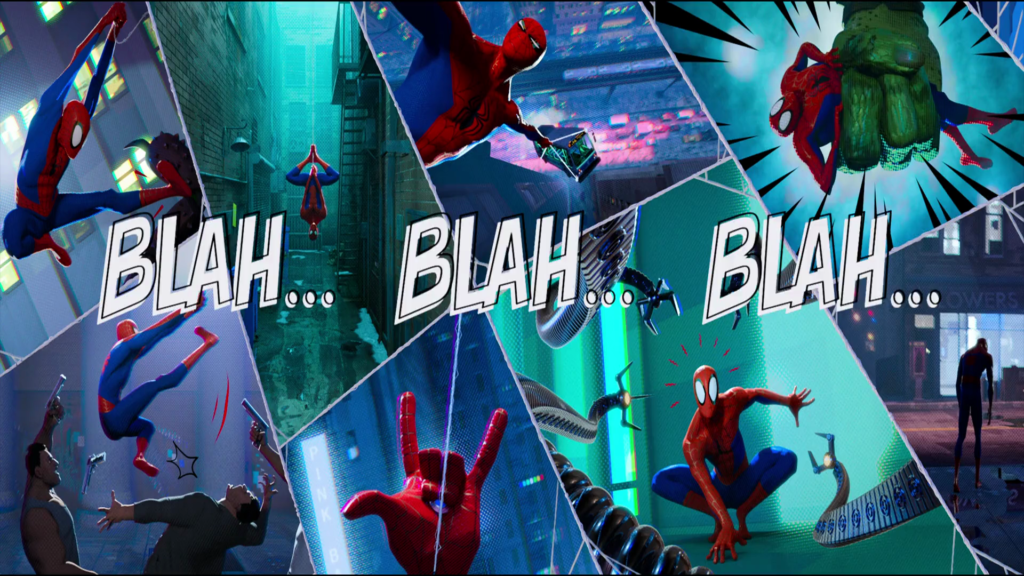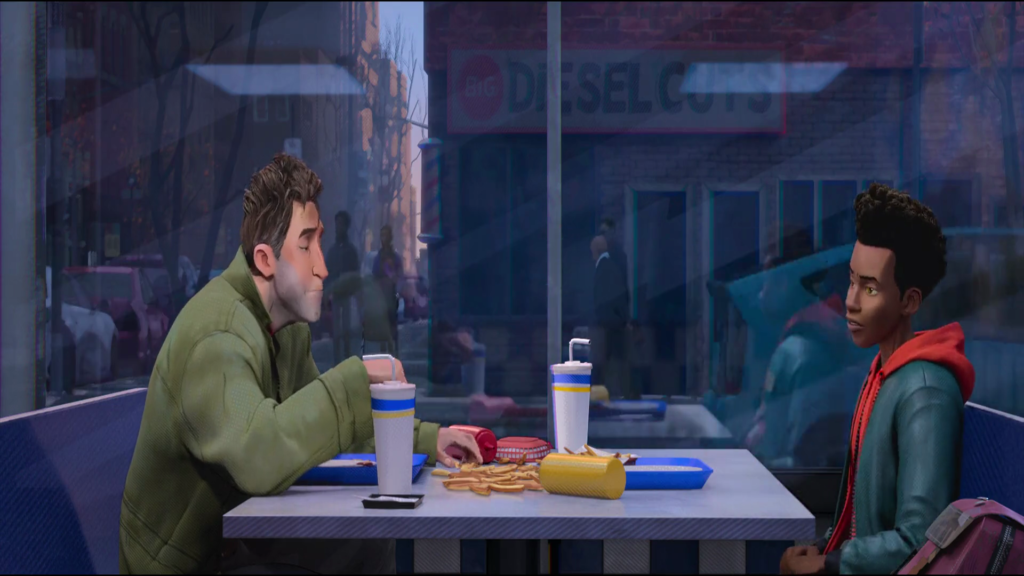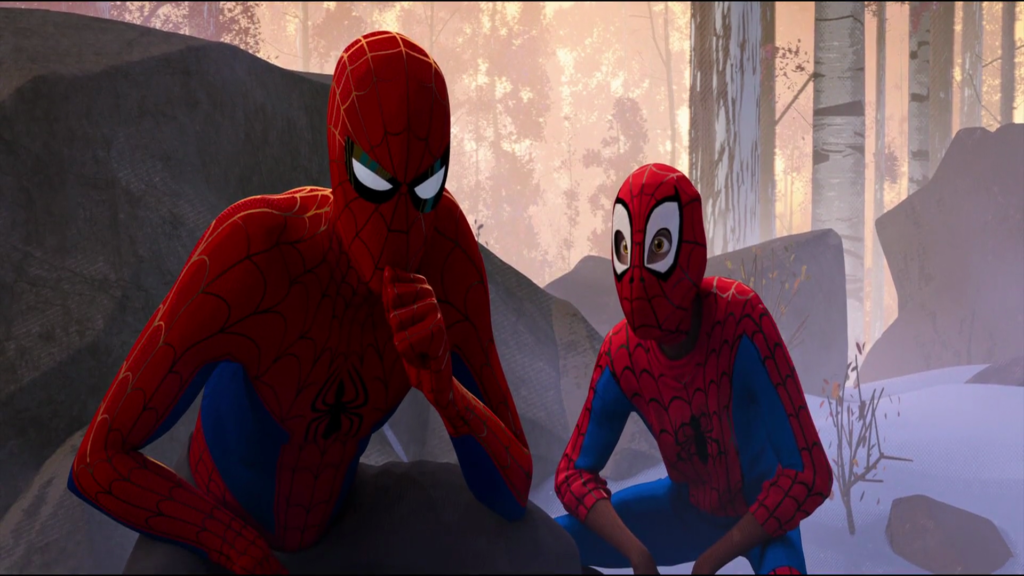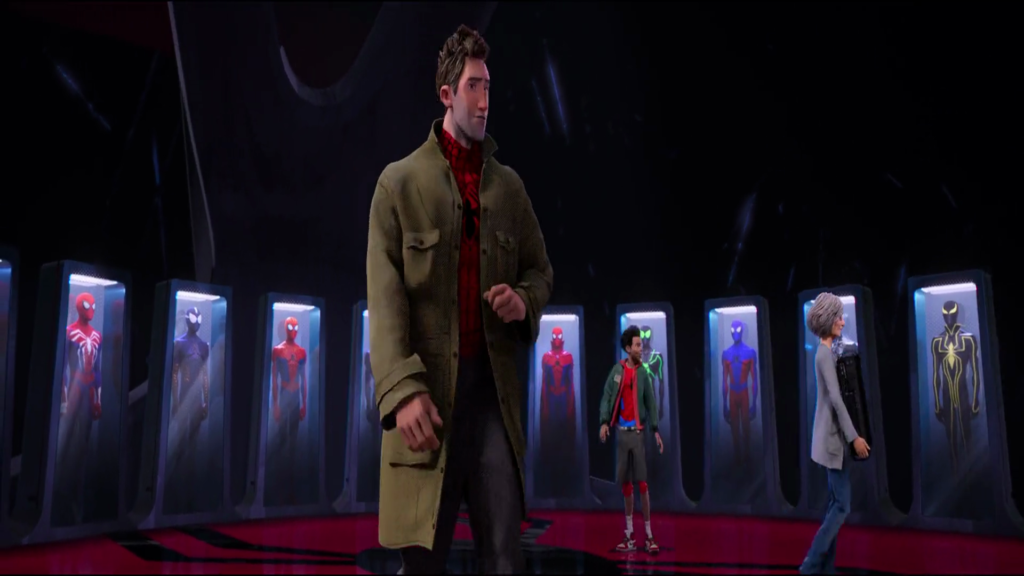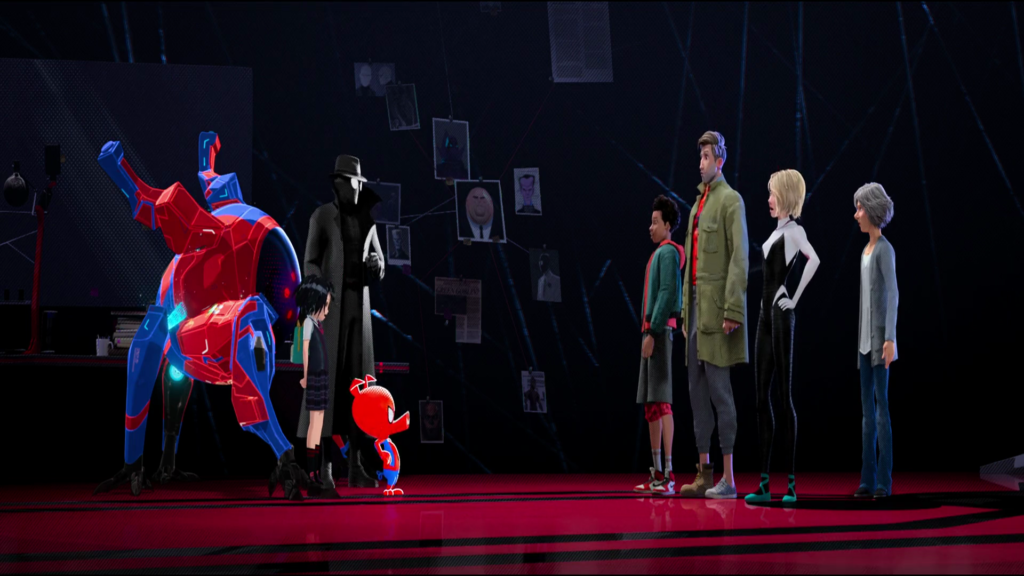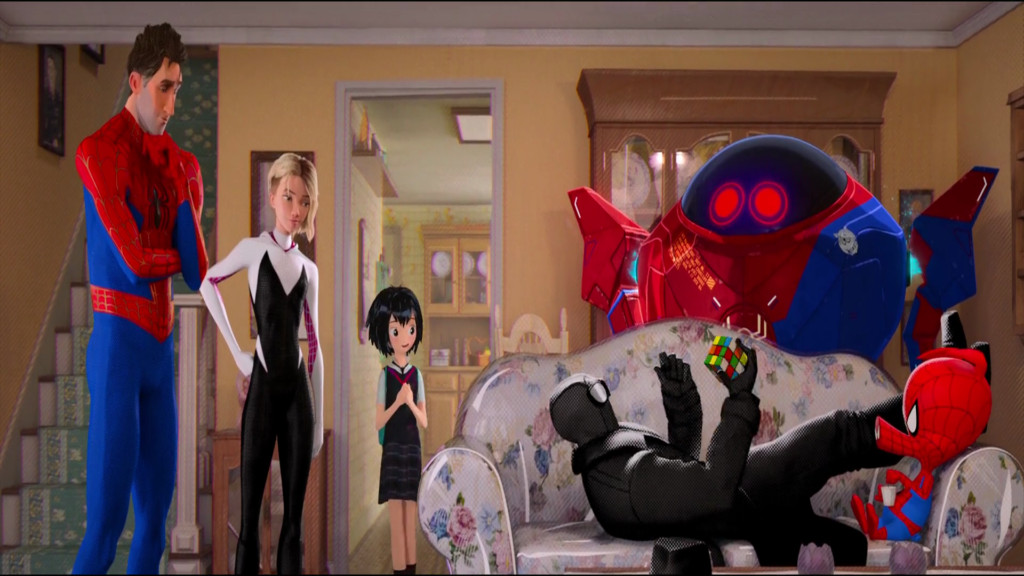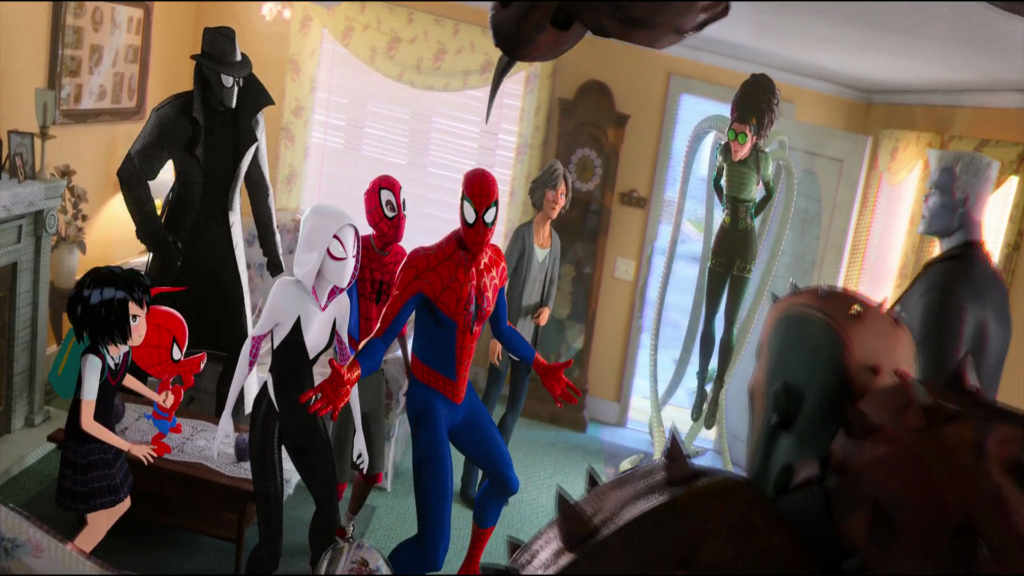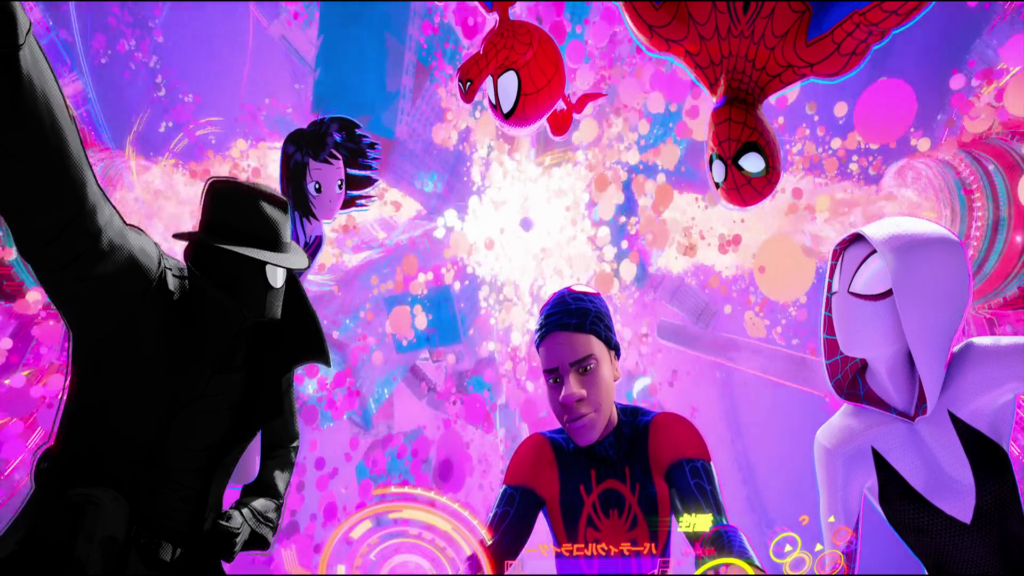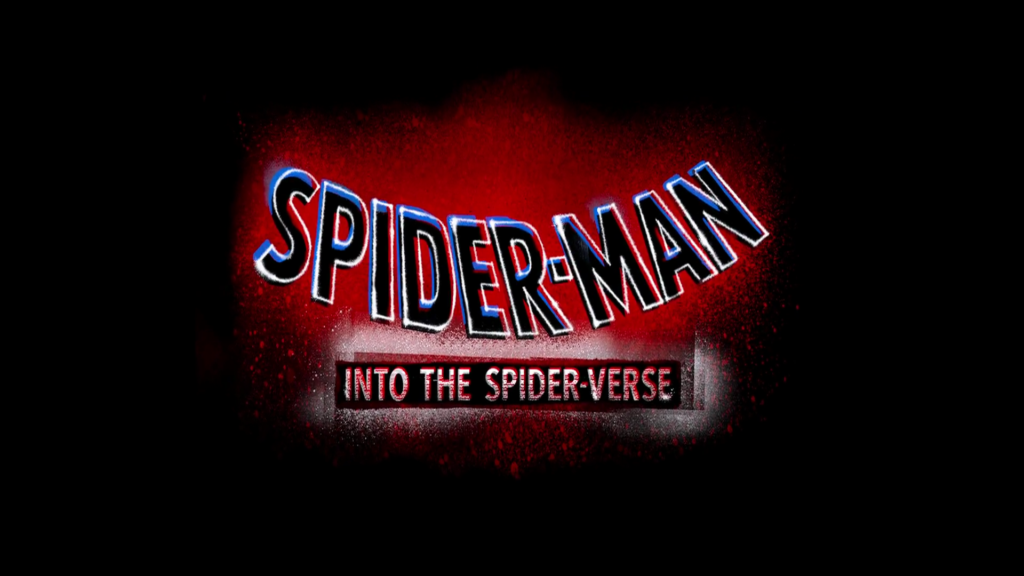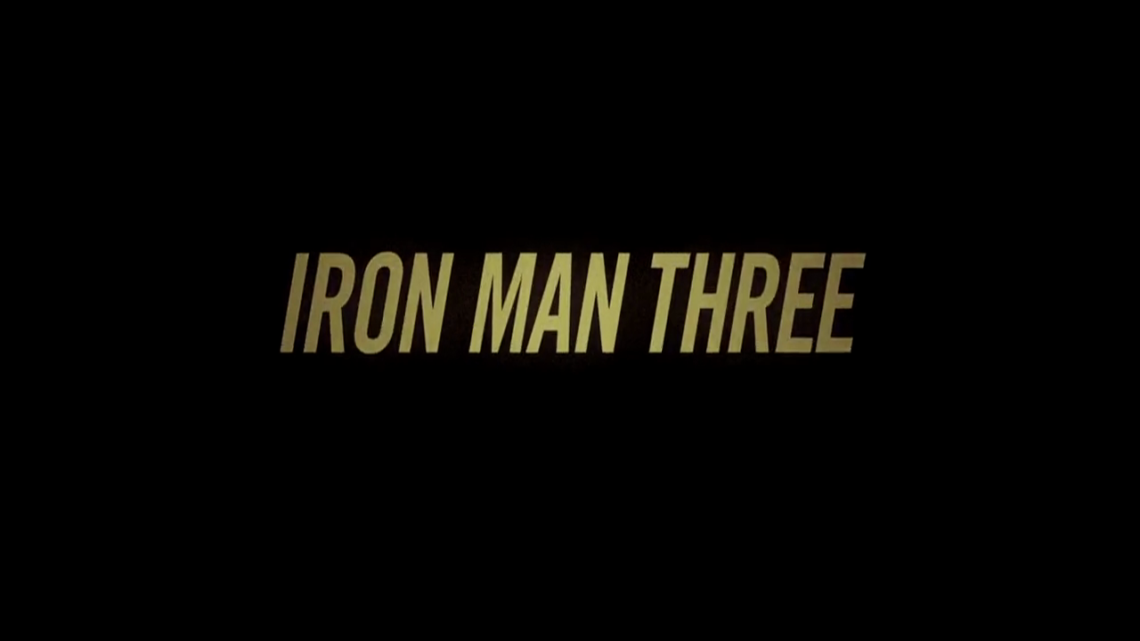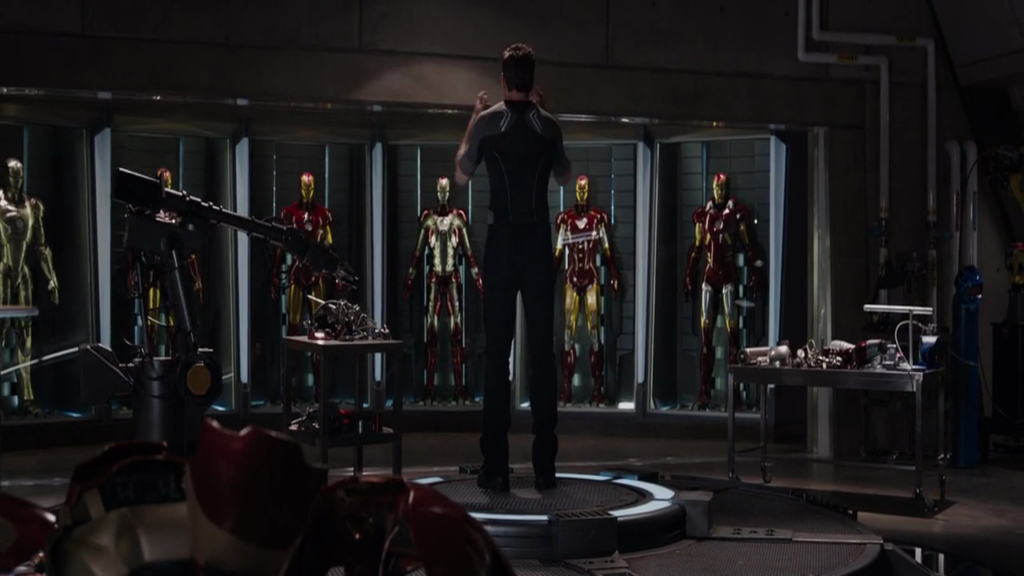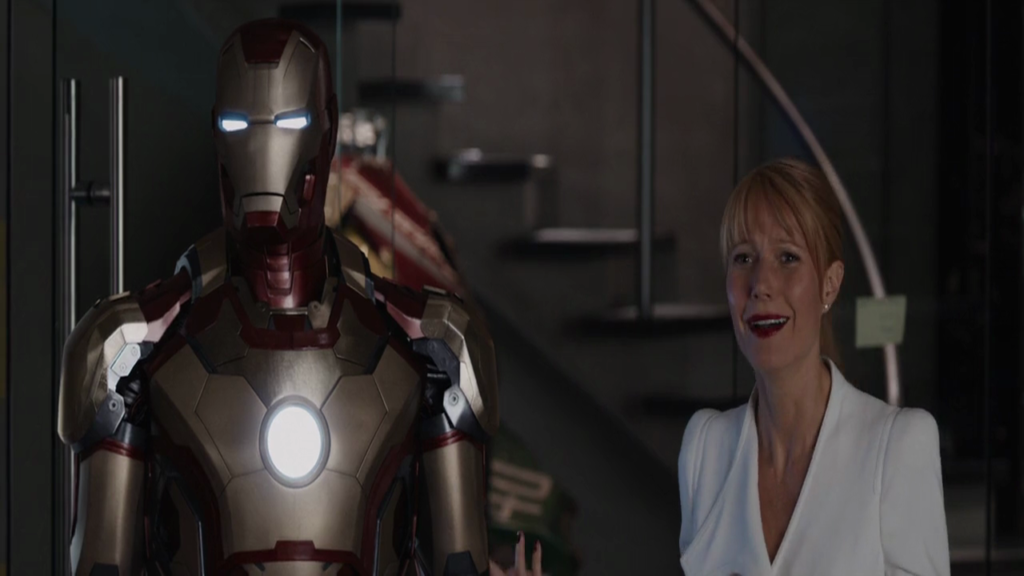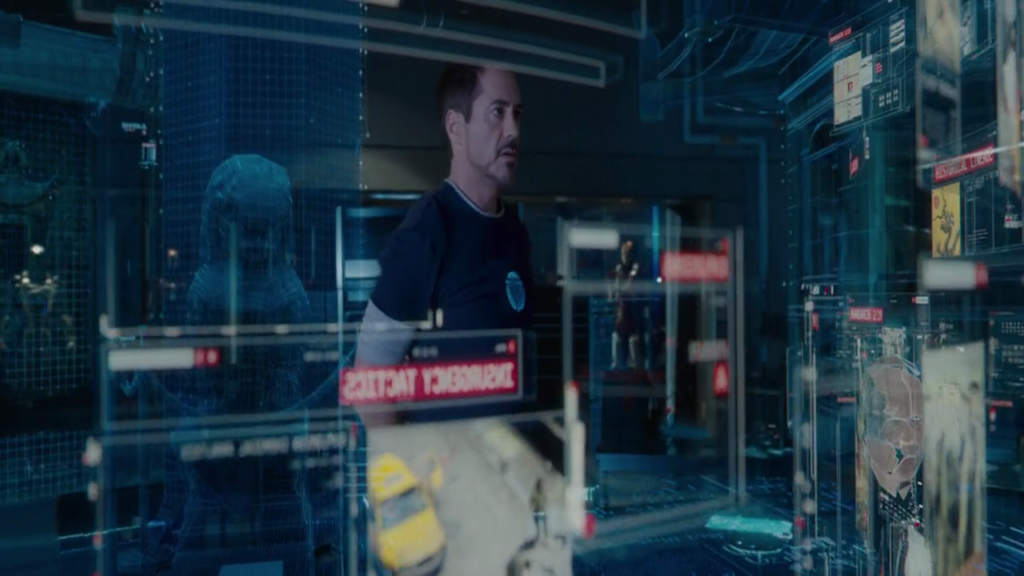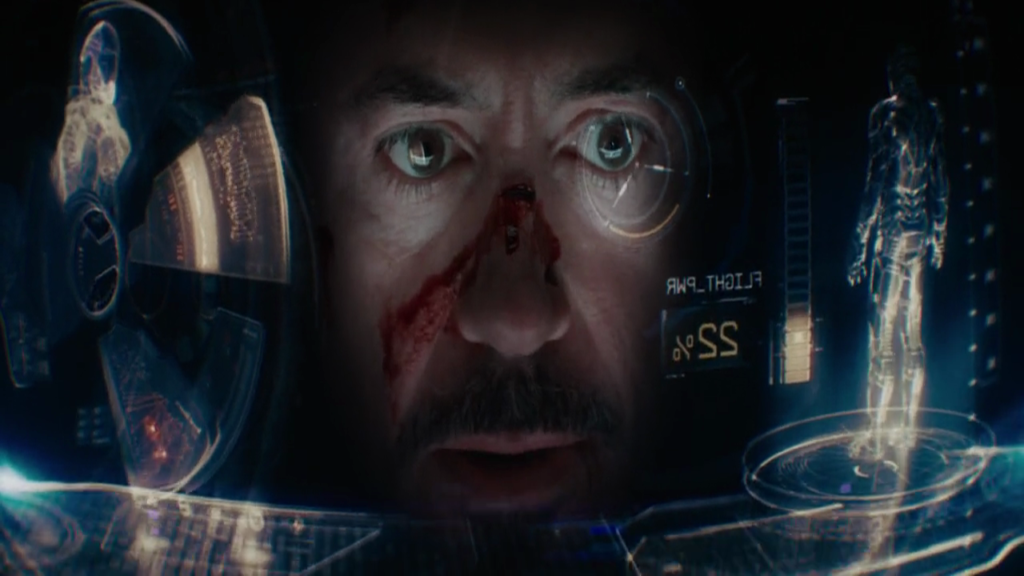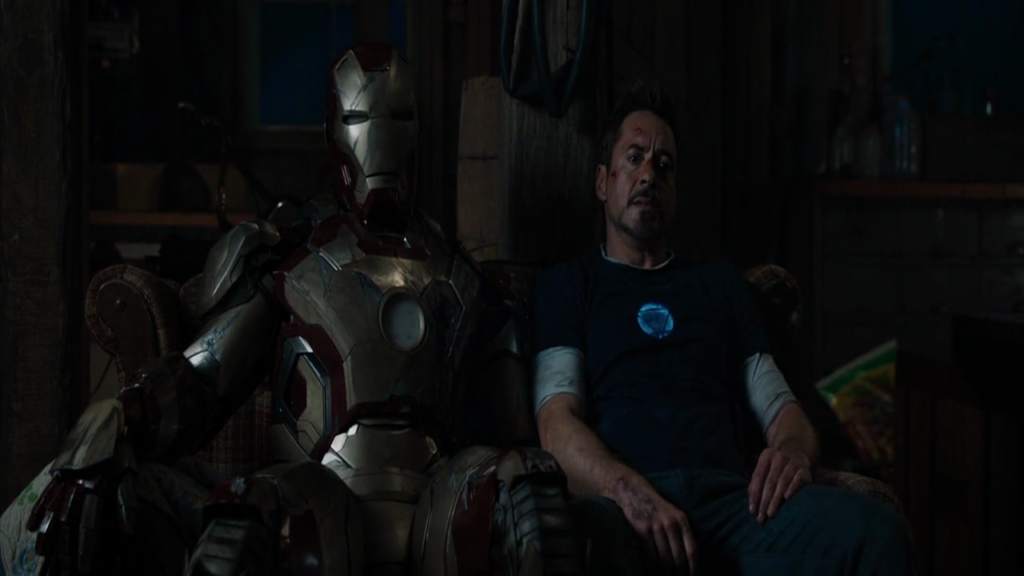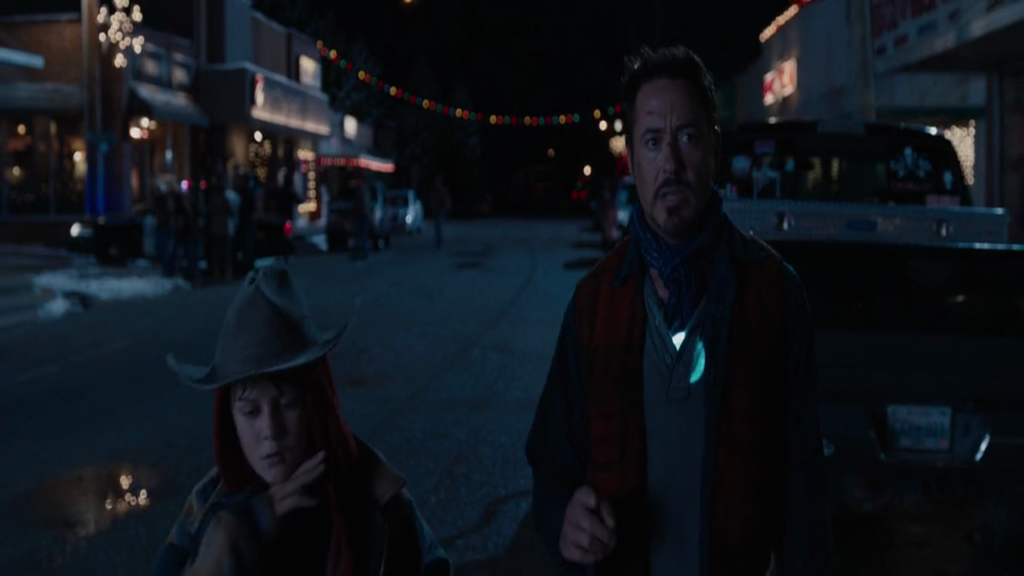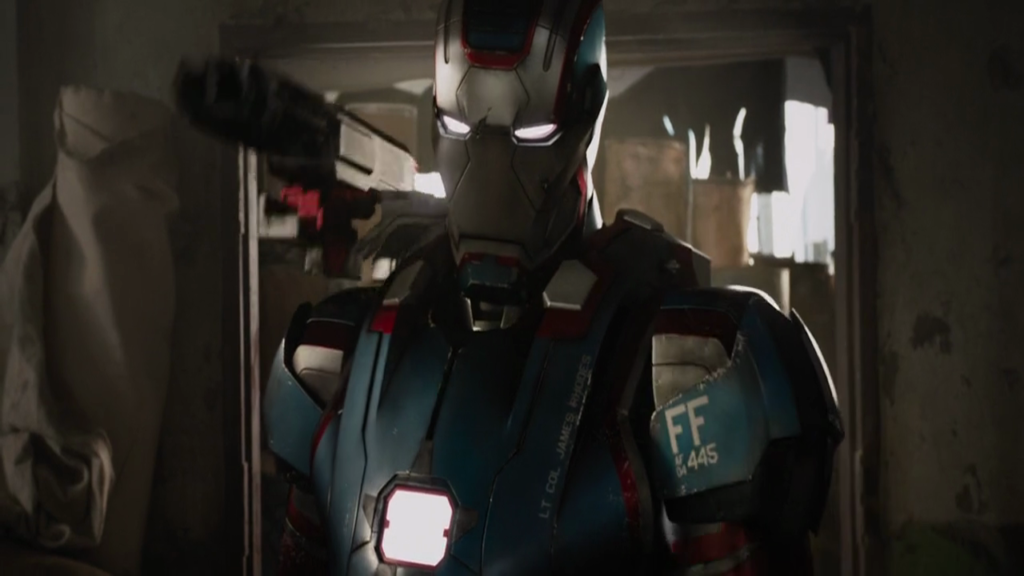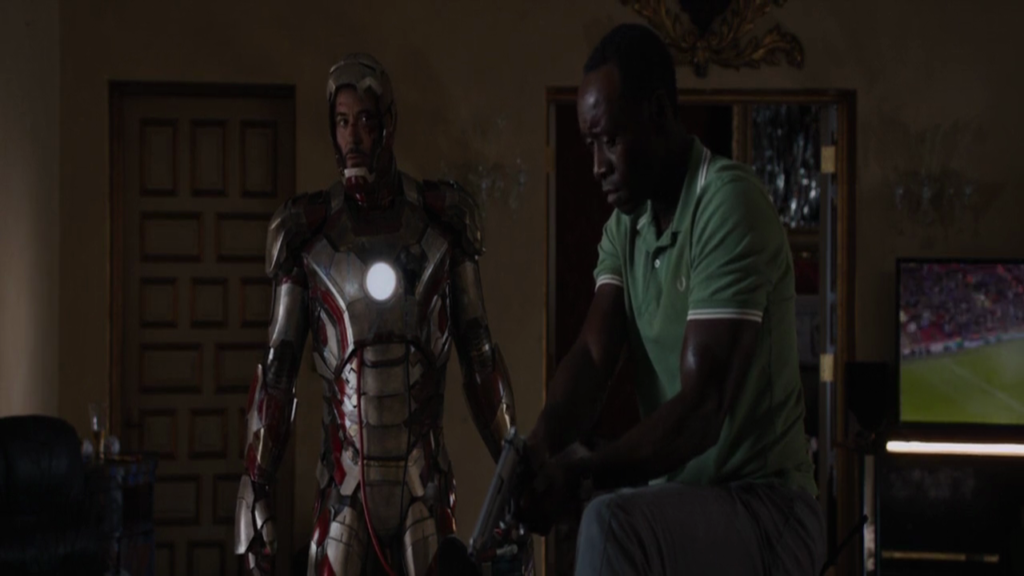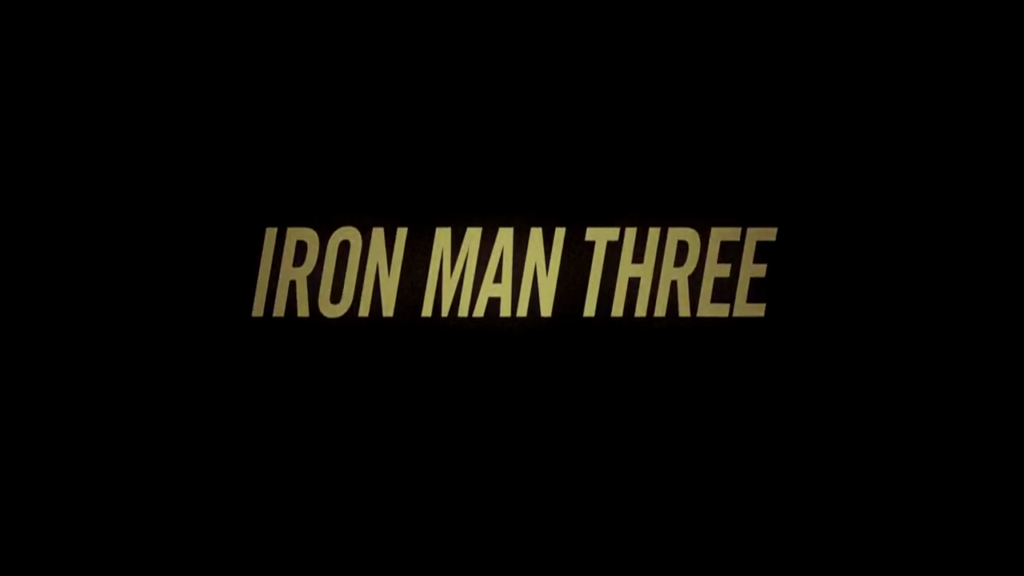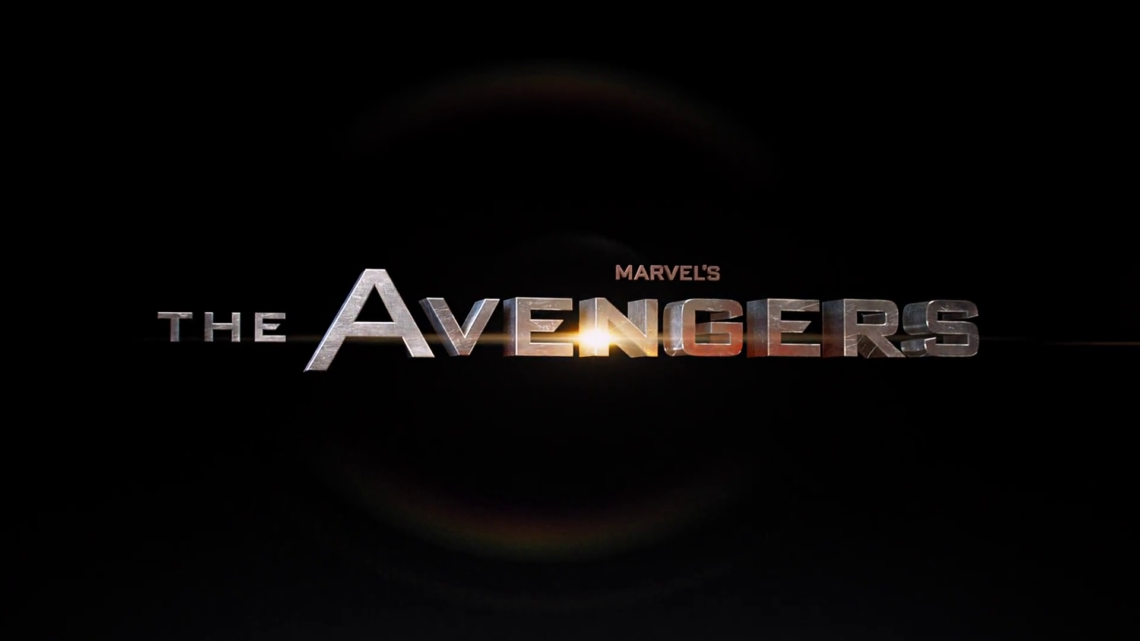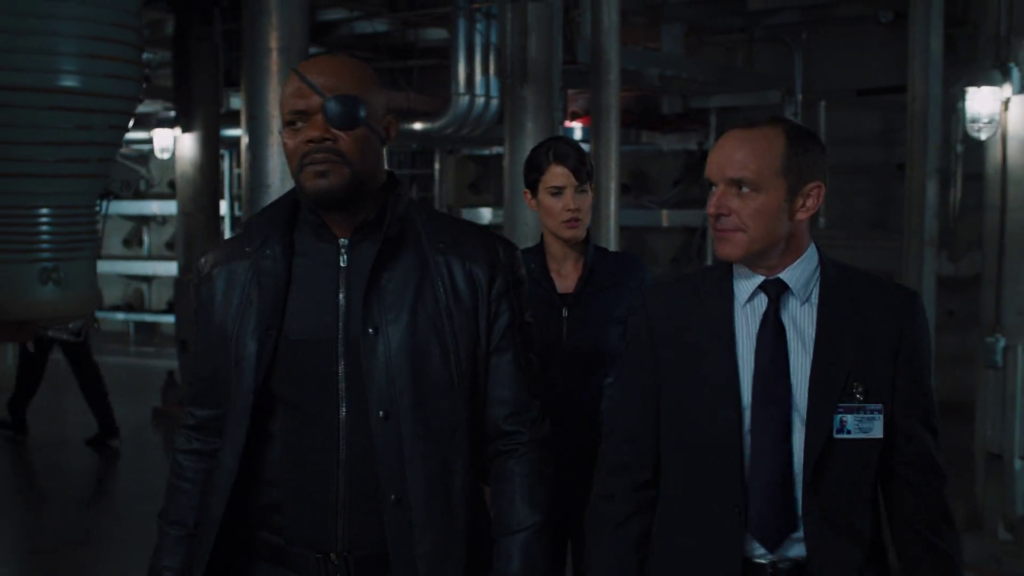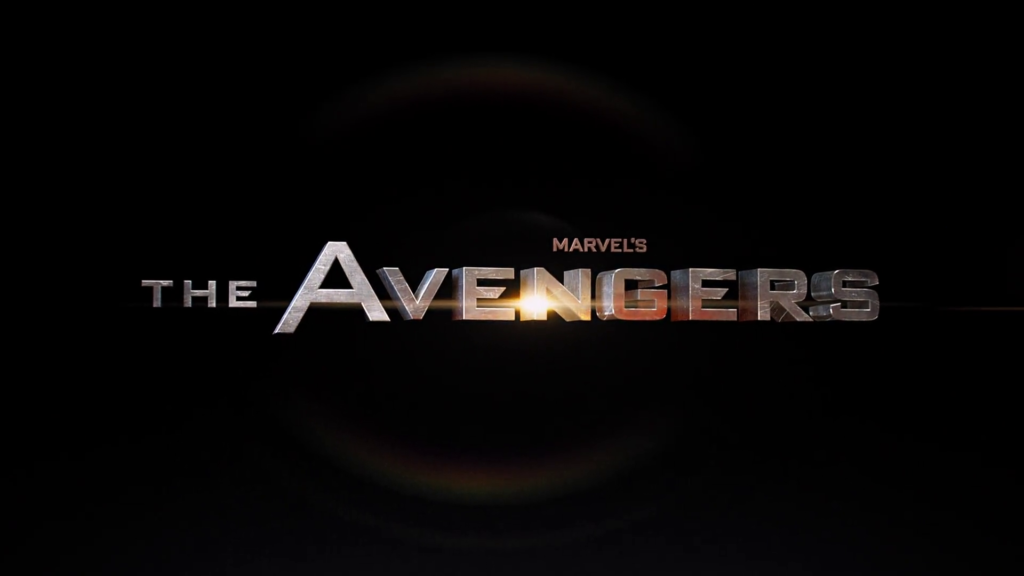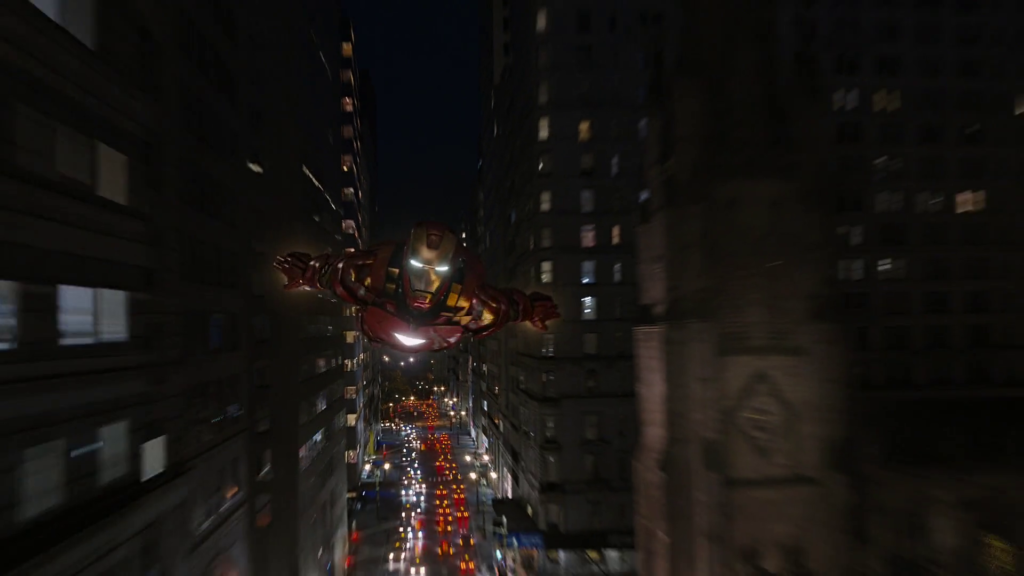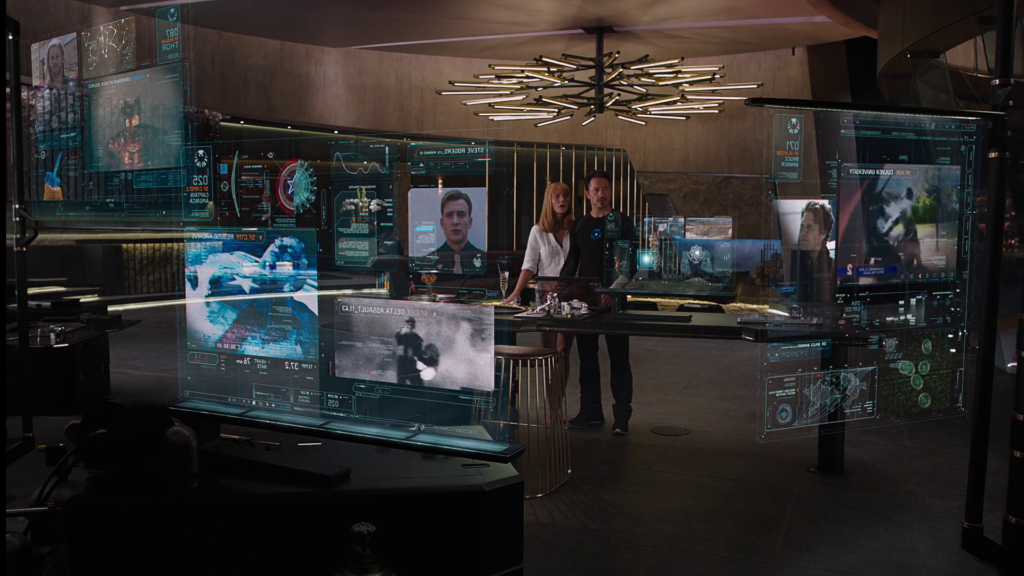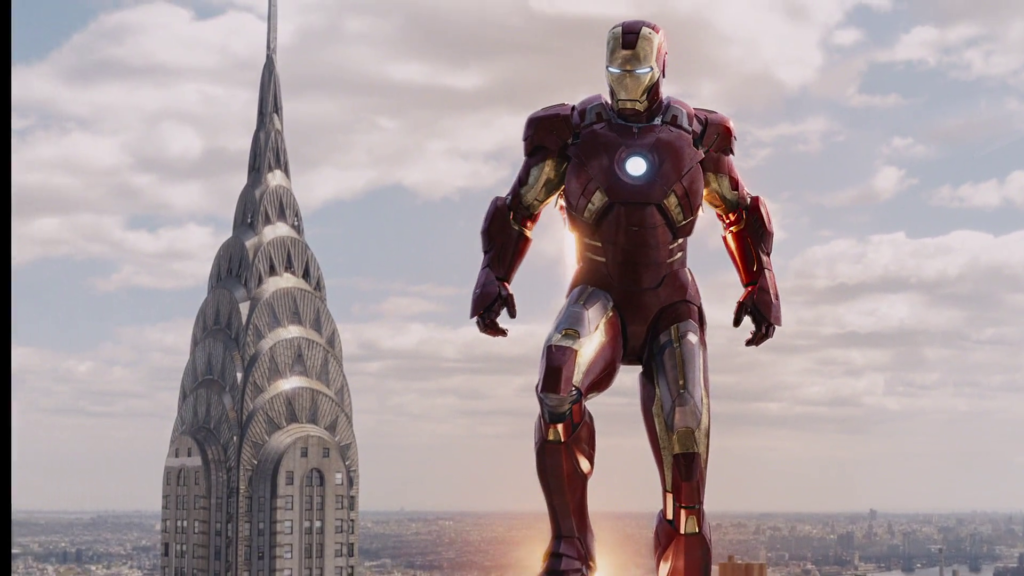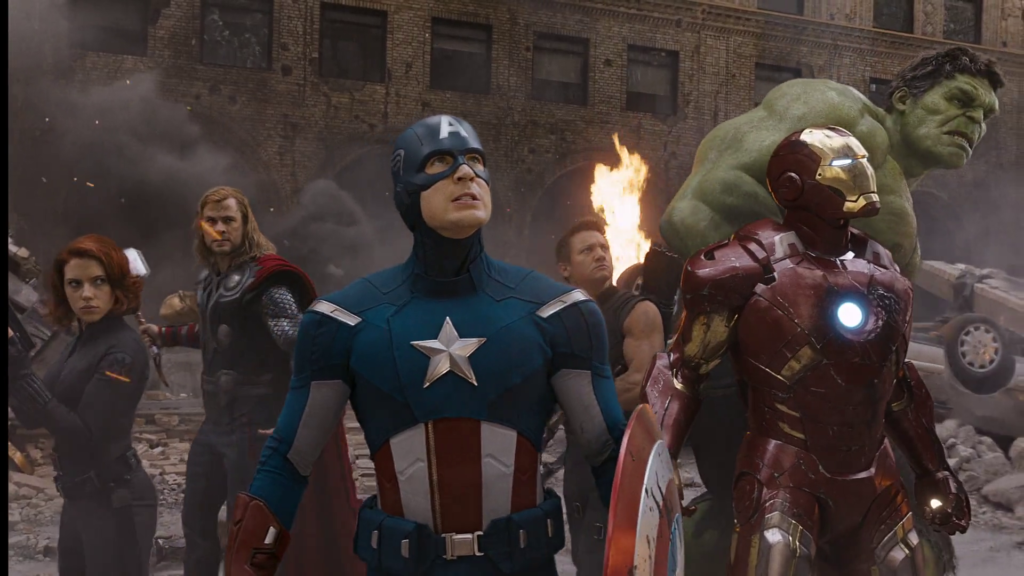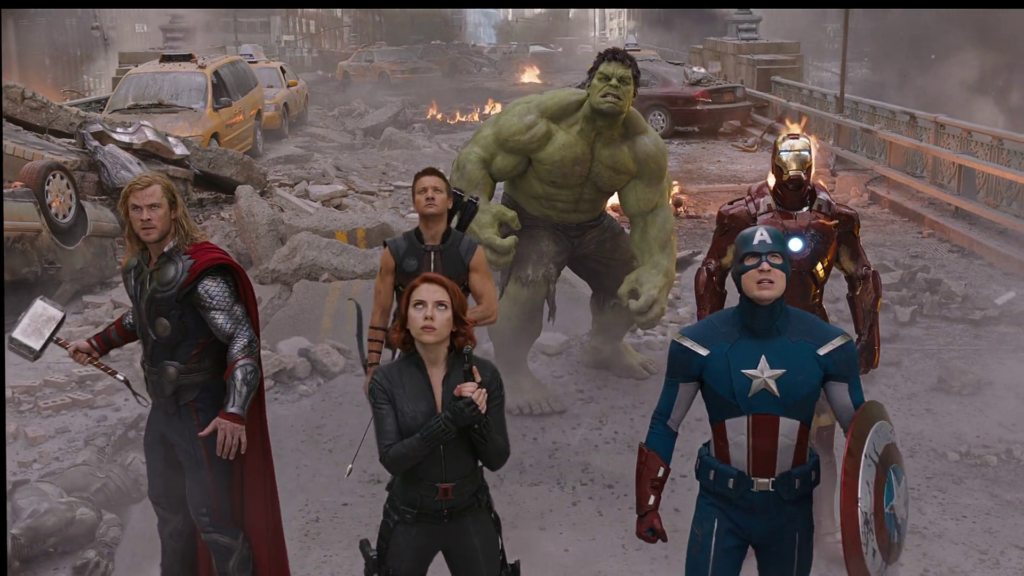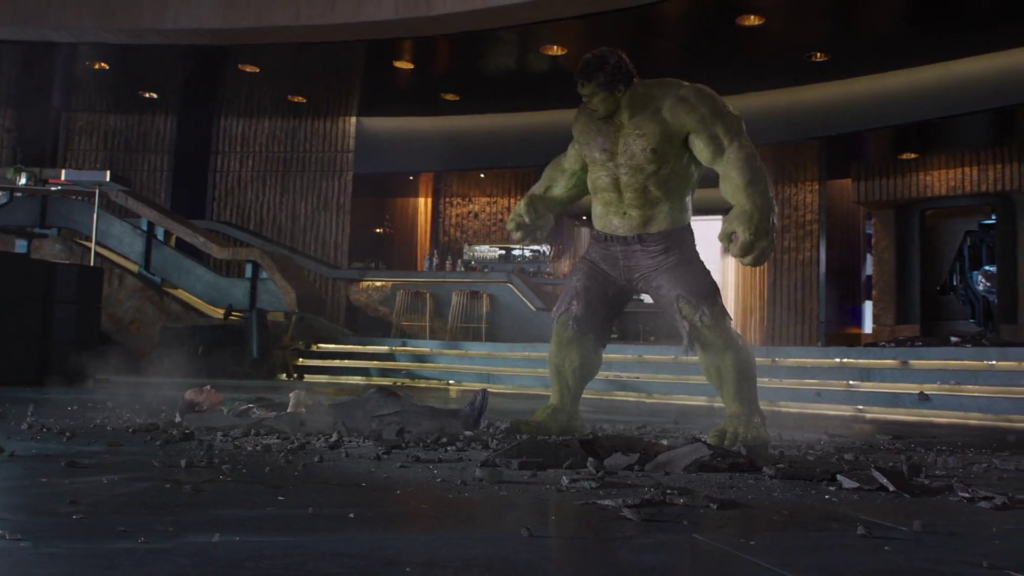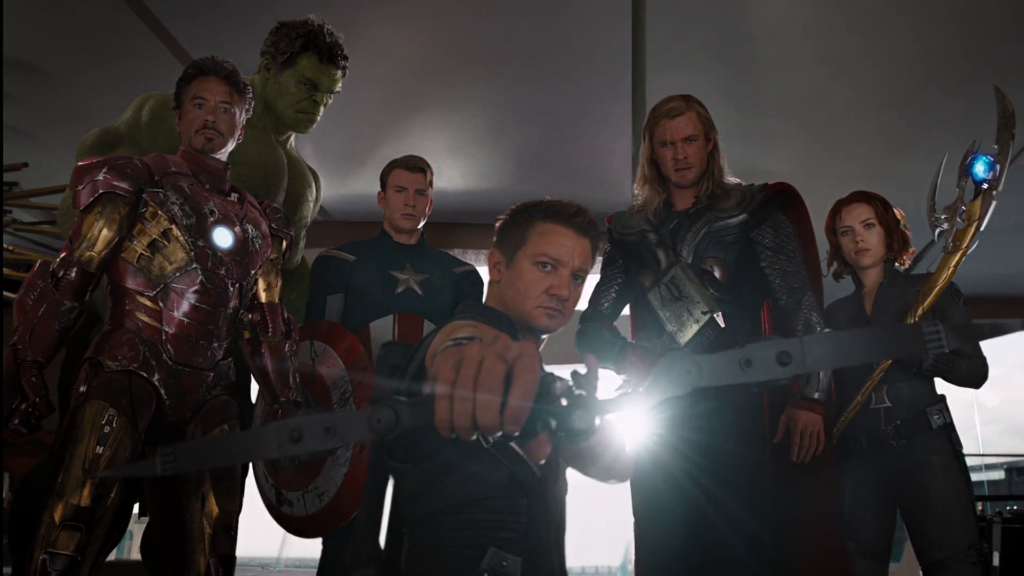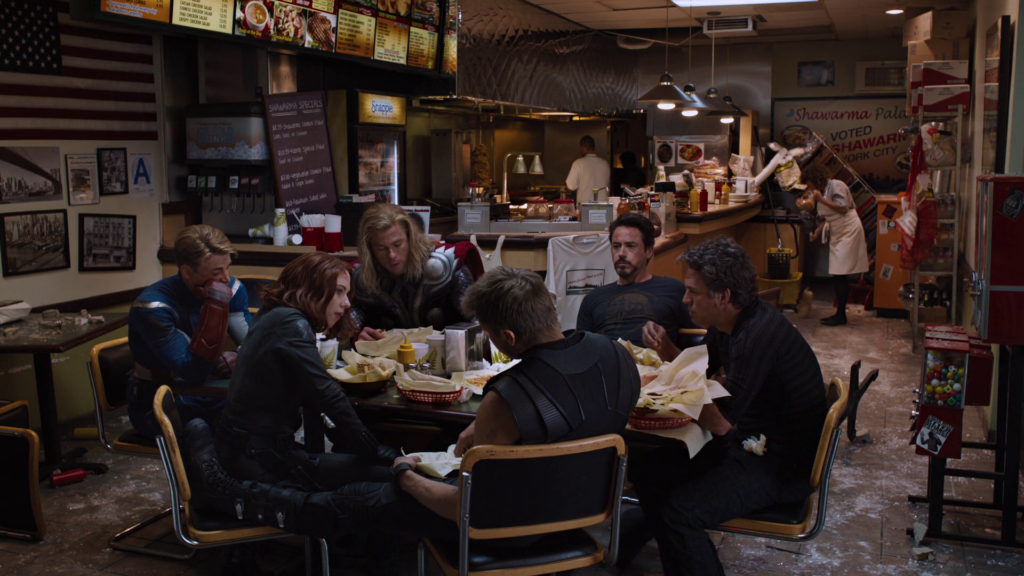-
#644 – My Super Ex-Girlfriend (2006)
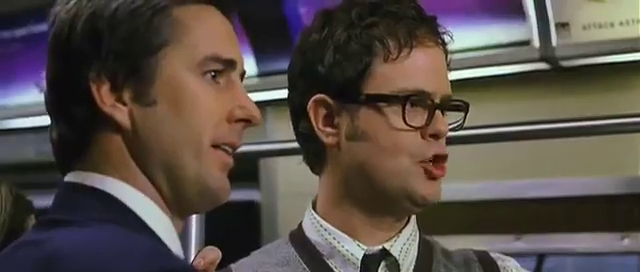
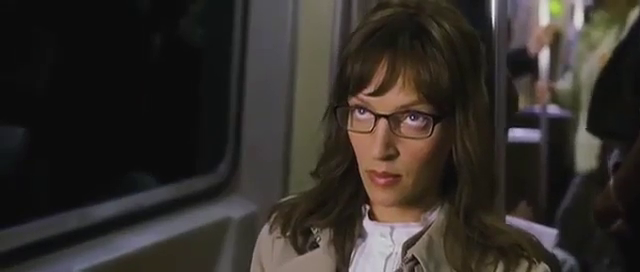
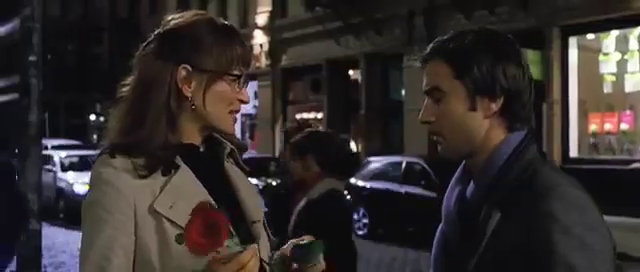
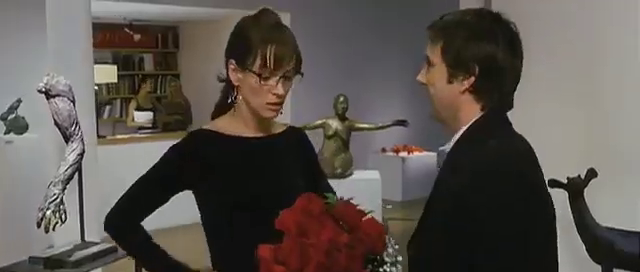
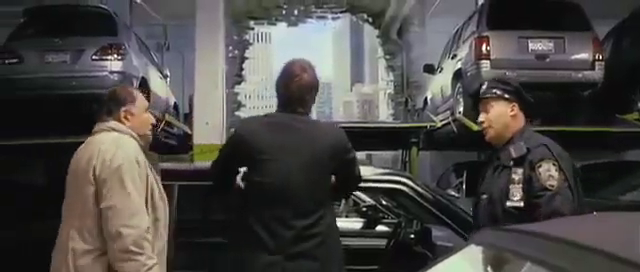
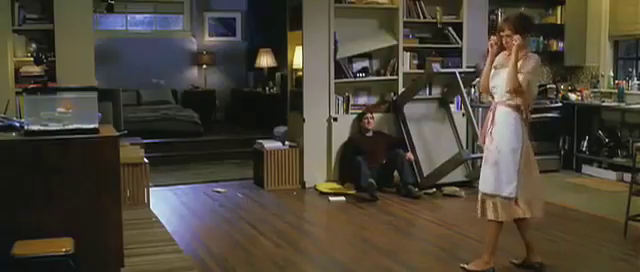
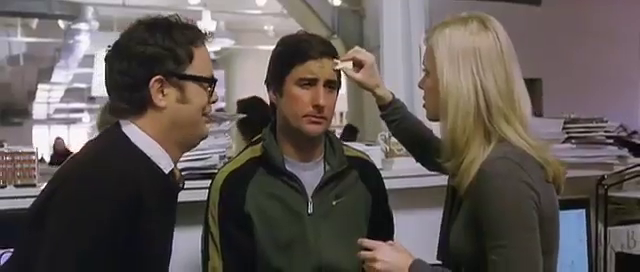
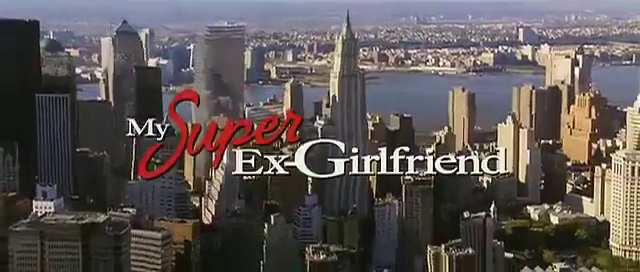
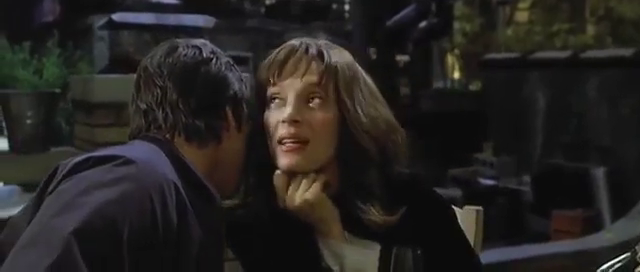
My Super Ex-Girlfriend (2006)
Film review #644
Director: Ivan Reitman
SYNOPSIS: Matthew Saunders starts dating Jenny Johnson, and learns that she is the superhero G-Girl. When he decides to break up with her, he must contend with the wrath of a superhero, while a supervillain schemes to take her powers…
THOUGHTS/ANALYSIS: My Super Ex-Girlfriend is a 2006 sci-fi comedy film. Matthew Saunders starts dated jenny Johnson, a woman he meets on the subway, and finds out that she is the superhero G-Girl. When he decides to break up with her, she decides to get revenge on him and make his life a living hell. The premise of the film is simple enough to grasp and offers the potential for some comedic moments. The trouble is that the film manages one or two of them and doesn’t take full advantage of it to take it anywhere interesting. It relies on crude humour that hasn’t really aged well, and also doesn’t really push any boundaries. One of the reasons for this is probably the PG-13 rating the film obviously wanted, and so anything that might have pushed said boundaries is obviously sidelined in the interest of playing it safe. Even so, there’s still plenty you could have done within the rating to make it more interesting, but due to a shoddy script devoid of imagination, and poor pacing, in which the ‘break up’ only happens half way through the film and leaves no time for anything substantial to happen before it has to set the stage for a resolution finale.
The one thing of note about the characters is that none of them are very likable: they’re all fairly flawed and annoying in some way. Uma Thurman is the stand out role and plays her part as the super-hero and nerdy neurotic alter-ego well, although a a lot of very cliché and unhinged traits are just dumped onto her character. Matthew as the male lead barely registers any interest, and Eddie Izzard as the villain is very half-baked. There’s also the distinct feeling that by the end of the film and everything is “resolved,” that no one has really learned anything. Overall, there’s certainly potential in the concept, but an obsession with a PG-13 rating and playing it safe leaves you thinking you could imagine much more interesting possibilities than what My Super Ex-Girlfriend actually gives you. Unlikeable characters, a fairly empty screenplay, and lack of many stand-out comedic moments leaves very little impression, despite Uma Thurman’s solid portrayal of the role she is given.
-
#554 – Superman (1980)
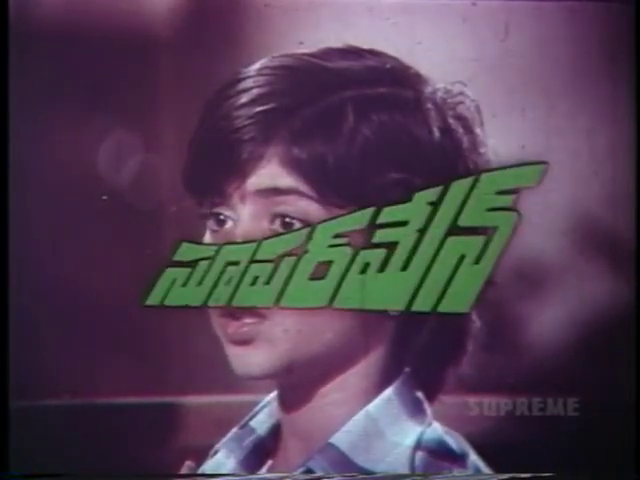
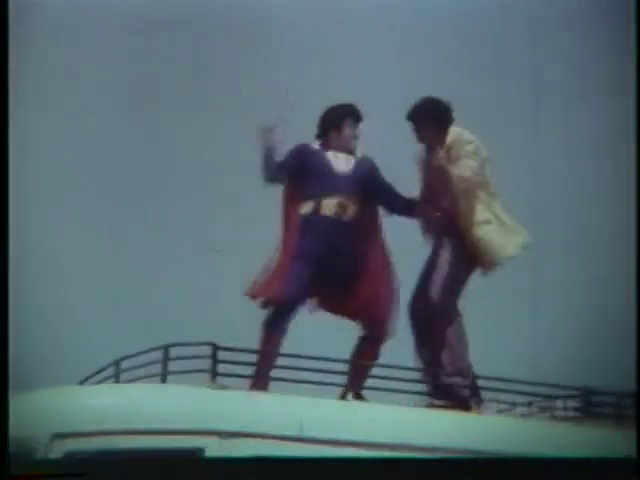
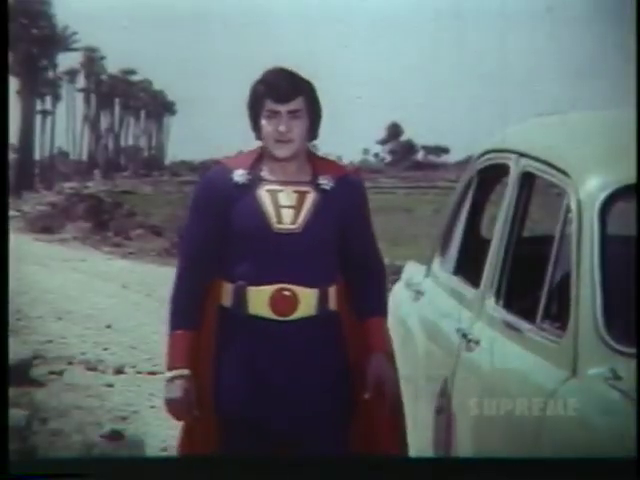

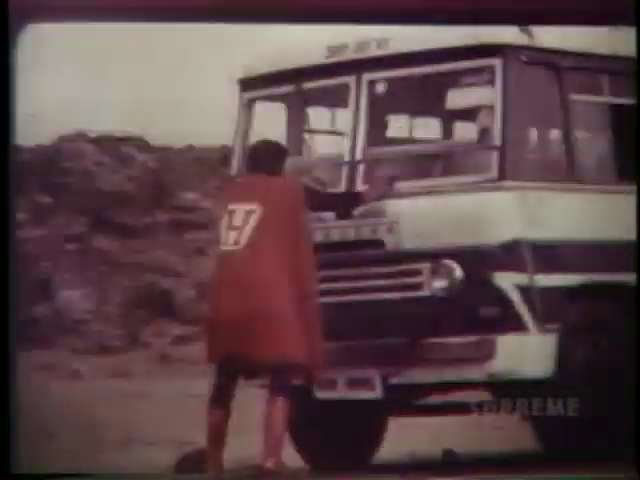
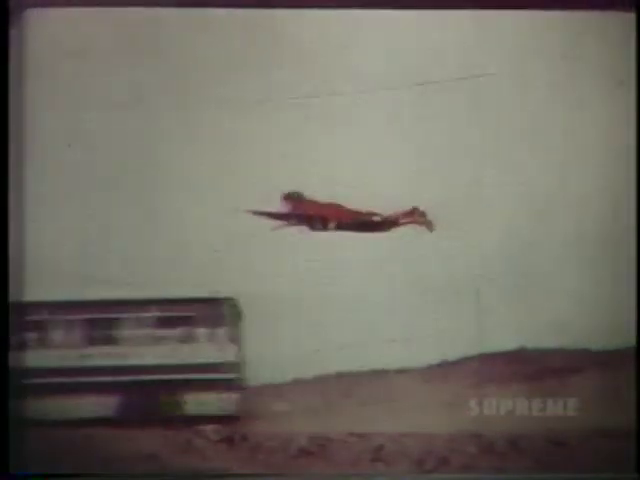
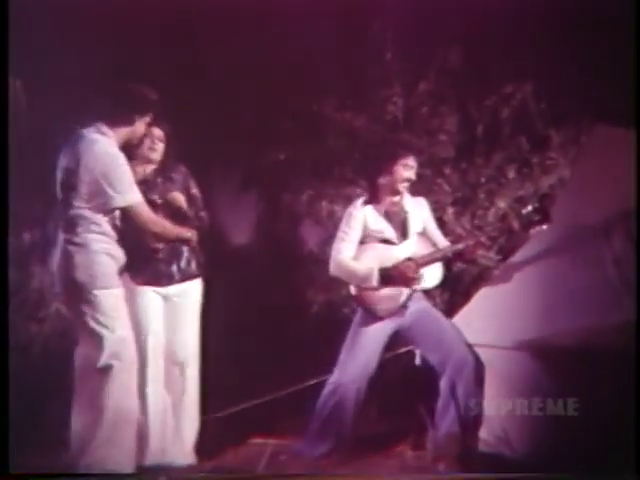
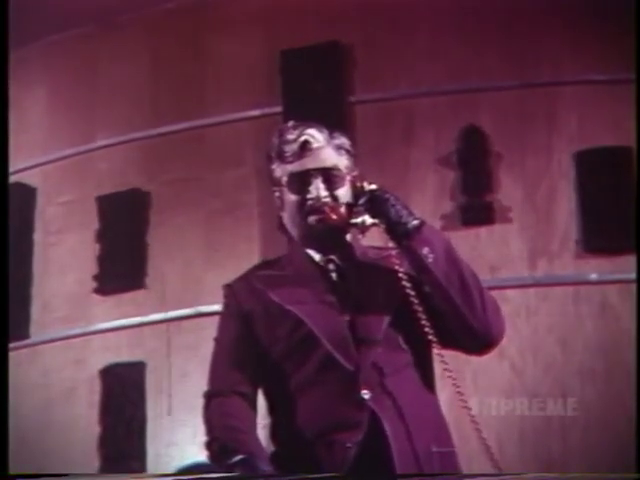
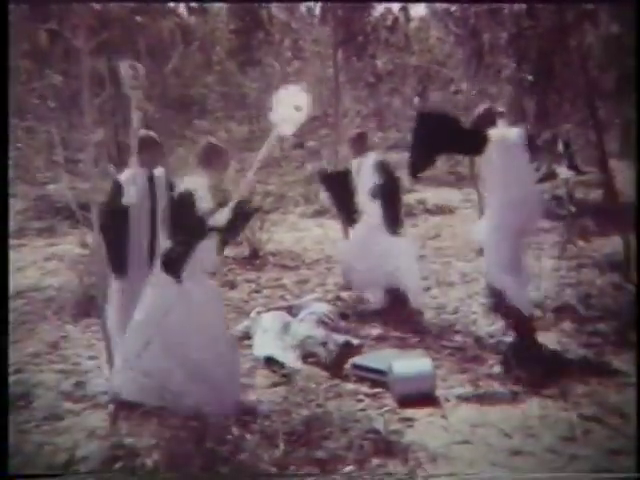
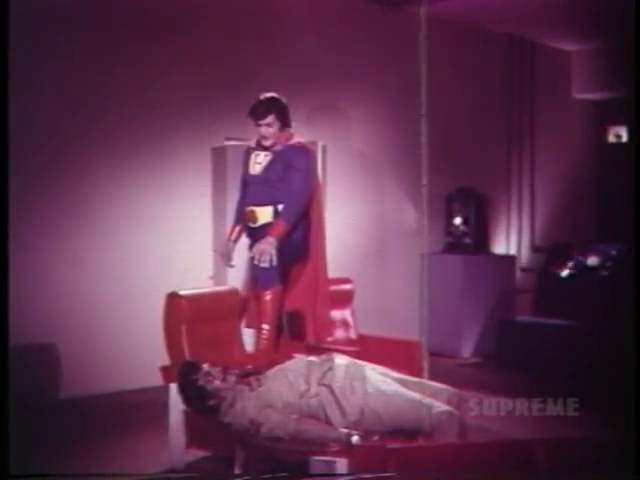
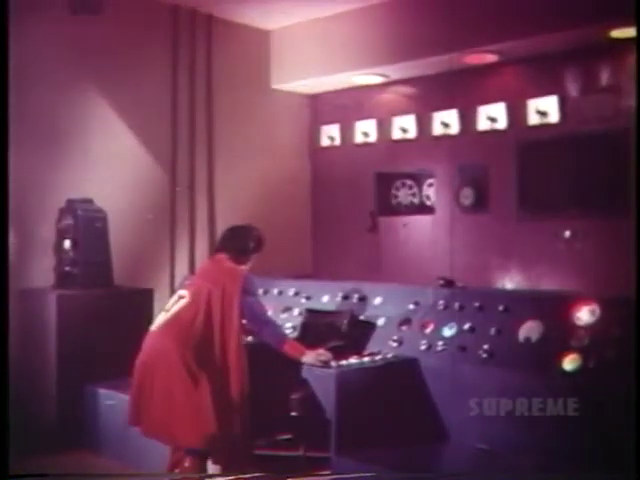
Superman (1980)
Film review #554
Director: V. Madhusudhana Rao
SYNOPSIS: Raja, a young boy, witnesses the death of his Mother and Father at the hands of burglars who have infiltrated their home. Raja prays to the God Hanuman for a way to avenge his parents, and is granted superpowers. He keeps the powers a secret until he is an adult, when he happens to find one of the men who killed his parents, and sets off to avenge them…
THOUGHTS/ANALYSIS: Superman is a 1980 Telugu film based on the DC comics superhero, although is definitely an unofficial and unlicensed adaptation. The opening sees the young boy Raja and his family on the eve of Hanuman Jayanthi, preparing for the day. While their preparations are underway, three burglars enter the home and kill Raja’s Mother and Father while he hides. Raja prays to Hanuman for the power to avenge his parents, and is granted super powers. When he grows up, he begins tracking down his parents murderers. As you can probably tell, the plot has absolutely no correlation with the “official” superman story. In fact, Superman barely figures into the movie at all; it’s mostly just a typical family drama about romance, and Raja’s adopted sister bringing shame to the family by becoming pregnant outside of marriage, and Raja having to get her to marry the man that got her pregnant. The whole vengeance story arc is interweaved with the plot, but it’s not really enough to make the film stand out, and the only superman bits are very typical scenarios where he saves out-of-control vehicles and such, made possible by some very cheap special effects and just reversing the footage.
Being an Indian film, there’s plenty of dancing and musical numbers interspersed throughout the film, although none of it is fairly memorable or impressive, which is odd, because this is the one element that these films typically excel in. The one that sticks out is the bizarre musical number with Superman/Raja picking up his wife and taking her to the moon or something? The shots of the moon and Earth floating around as the two sing is…very disorienting. The characters also have some some bizarre outfits, including “Superman’s” own outfit, adorned with a “H” on the chest, rather than the typical “S” (to represent “Hanuman” I suppose). The villains are overly dressed up in an almost comical fashion, with one wearing an oversized Stetson, and the main villain being absurdly overdressed like the cartoon version of an American businessman. Still, at least it makes the characters distinguishable.
Overall, Superman doesn’t really make use of the titular character it is unofficially using, and is overshadowed by a more typical family-based drama and romance that you would expect to find in this type of film. Even then, the usual musical numbers, dancing and costumes are also underwhelming. The special effects are daft, the fighting silly, and a surprising amount of obviously fake blood makes this a somewhat entertaining film to watch only based on how absurd it is, and how little they adapt the source material they do not have the rights to.
-
#528 – The Three Fantastic Supermen (1967)
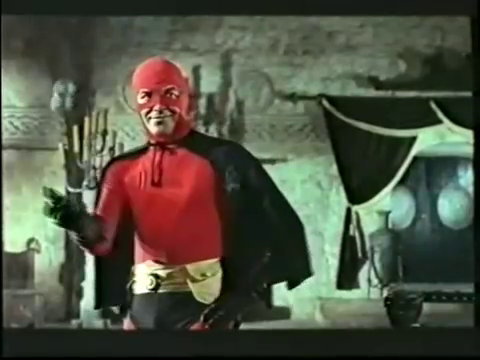
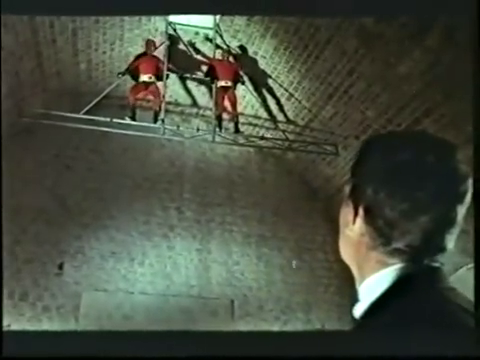
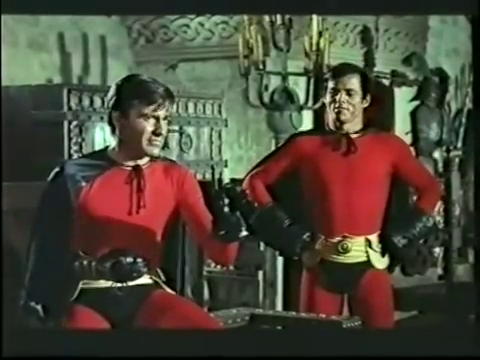

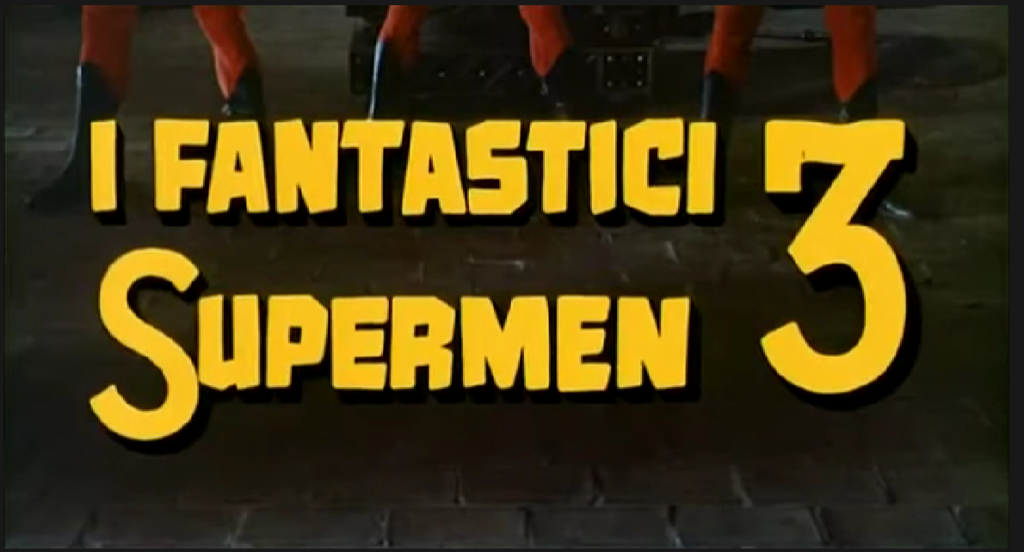
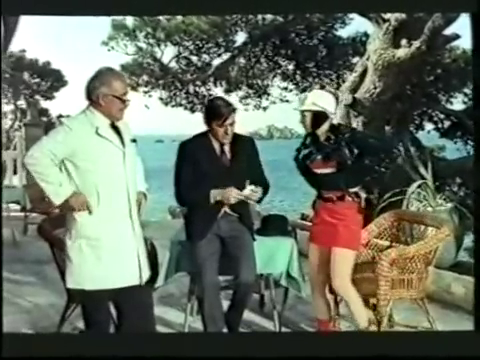
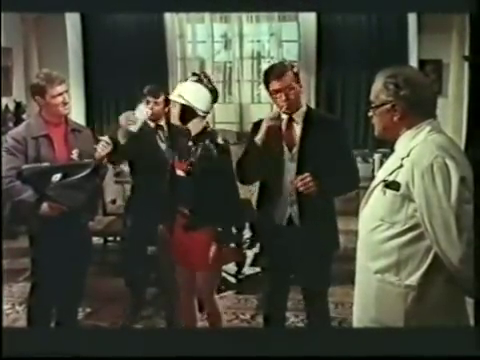
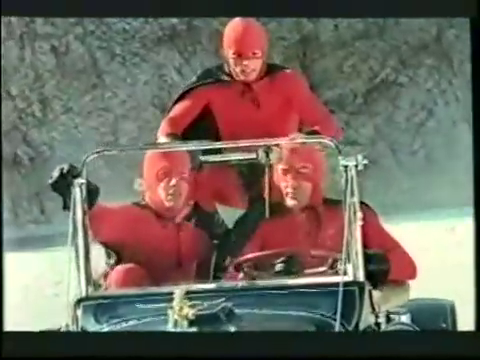
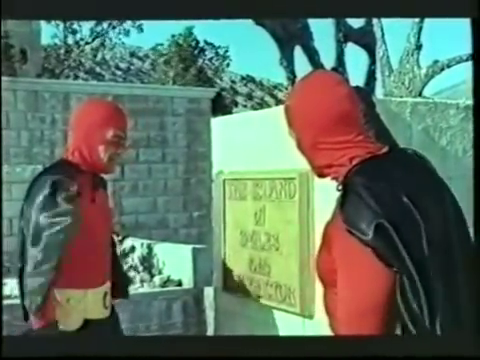
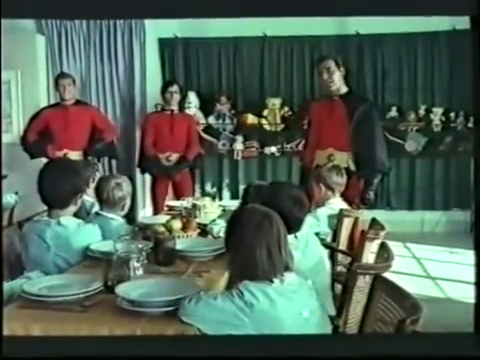
The Three Fantastic Supermen (1967)
Film review # 528
Director: Gianfranco Parolini
SYNOPSIS: FBI agent Brad hires two “supermen” who fight crime in their bullet-proof suits. The three of them join forces to become the “three fantastic supermen,” to investigate an evil plot concerning counterfeit money and bad guys turning people into precious jewels…
THOUGHTS/ANALYSIS: The Three Fantastic Supermen is a 1967 film. The film opens up with FBI agent Brad testing two superhero crimefighters, Tony and Nick, to see if they are up to joining forces. The two pass the test, and the three work together to investigate a counterfeit money ring and an evil scheme. The film is very much one of the many, many comedy spy films that parody the likes of James Bond-style films, and were especially in abundance in Italy at the time. It also has this superhero element too, with the characters dressing in skin-tight spandex and capes that serve as “bullet-proof suits.” The plot of the film is pretty standard for a spy film parody, but it at least has direction and some twists, with the somewhat uneasy alliance between the FBI and the two vigilante heroes leading to some conflict between them. The main aspect of the film is the comedy though, so everything is done in a silly, slapstick way. Any sense of peril is faced by Tony’s cheeky smile, and Nick’s expressive facial expressions and motion (accentuated by the fact he is mute). Things get even more silly when a machine that turns people into precious jewels gets introduced, as well as the machine eventually being able to clone people, but it also gets a bit sinister, when a class of schoolkids are kidnapped and nearly killed (the cloning machine works properly on children, but not adults apparently). Regardless, it’s a standard bit of comedy and parody, with plenty of scantily-clad women and chauvinism to appeal to its young male target audience.
The three main characters, Tony, Brad and Nick are different enough to make them distinguishable and interesting: as mentioned, Brad is the straight-laced FBI agent who has an uneasy alliance with the other two, although this typically ends with them playing practical jokes on him as he tries to get their secrets from them. Tony is the suave cheeky chap who laughs off any threats, and Nick as the expressive mute gives the scenes a different kind of energy. The supporting cast is a fairly typical bunch, with the evil criminal mastermind, the scientist, and his attractive daughter who serves as the love interest, so it’s unremarkable, but it has the staples of the films it is attempting to parody. The three “fantastic supermen” are also played by trained acrobats, so they can pull off some good stunts and performances, which again give the scenes a unique energy and appeal. There’s also plenty of props and variety in the scenes to make it feel busy and engaging, so while it’s a bit low budget and all over the place, it is still entertaining, although the music consisting of one of about three pieces of music played every other minute does get annoying quite fast. Overall though, The Three Fantastic Supermen is a very typical spy comedy of the time, with the added superhero element adding in a bit of a twist, and the acrobatics giving the stunts a bit more energy. It’s nothing too special or memorable, but it was apparently successful enough to warrant a number of sequels, which we will have to look at at some point…
-
#378 – Captain America: The Winter Soldier (2013)
Captain America: The Winter Soldier (2013)
Film review #378
Directors: Anthony Russo, Joe Russo
SYNOPSIS: When S.H.I.E.L.D. director Nick Fury is assassinated, Steve Rogers (Captain America) is on the trail of those responsible, but he is told to trust noone. As he investigates, he finds a shocking discovery that goes right to the heart of S.H.I.E.L.D. itself…
THOUGHTS/ANALYSIS: Captain America: The Winter Soldier is a 2013 superhero film that forms part of the Marvel Cinematic Universe (MCU). The film starts off with Captain America in the thick of a mission to rescue hostages from a S.H.I.E.L.D. ship. There’s plenty of fluid action that provides a strong opening for the film that requires no knowledge of the characters, and eases into the story in a fun and exciting way. The plot takes on a number of twists and turns as S.H.I.E.L.D. director Nick Fury is seemingly assassinated and Captain America must investigate S.H.I.E.L.D. itself with the help of Black Widow. The film mixes layers of action, espionage and intrigue as it unravels the conspiracy surrounding S.H.I.E.L.D. It’s a strong story that will keep viewers engaged, as well as exploring the character of Captain America and elements of the Marvel Cinematic Universe. It is a fine balance to give each of these elements the right amount of focus, but the film largely succeeds in doing so. If I were to pick an issue with the story, I would say that there’s a bit of a conflict between the film being self-contained and its part in the larger cinematic universe, insofar as the revelations about S.H.I.E.L.D. should have significant ramifications, but it seems they are more or less curtailed by the end in order to keep the film self-contained with a distinct resolution. Overall though, the story is fairly strong.
Captain America as a character is a soldier, a leader and a hero, and I think all of those aspects to him are given a good amount of development. How he relates to those around him and what his part is in protecting and inspiring them is something he has to constantly work through as the film progresses. The supporting cast of Black Widow and Nick Fury also get ample screen time in order to develop their characters and play a significant role in the story. The “winter soldier” also has ties to Captain America, and with everything else going on, it feels like there could have been more done with his character, but this instead seems to have been postponed in order to be dealt with in a sequel. Villains typically get short-changed in these films, as they are almost entirely self-contained in the film and do not get referenced outside of it. Pearce, the villain here, is a bit more interesting, and has particular relations with a number of characters. He doesn’t have any particular superpowers, so he’s more of a mastermind, with the winter soldier handling the action parts of the villainy. Sam Wilson, a veteran soldier, also has an interesting character arc which gives Captain America a bit of a grounding as he interacts with the soldiers without superpowers who go to war. A lot of characters, but again it’s all handled fairly well.
The style and effects in the film are just about what you would expect from these Marvel films. There are no surprises, but it has a good budget, and keeps things consistent. The fight scenes are well choreographed, and highlight the strengths of the characters. There’s nothing overwhelmingly special about the film, but it has a lot of content that pushes and develops characters in new directions and explores new facets of their characters. Like with most Marvel films it’s not going to re-define the genre, but it shows a marked improvement on earlier sequels in the MCU (Iron Man, Thor) by focusing a little more on interesting character development, varied villains and weaving a stronger story around the heroes.
-
#369 – Thor: The Dark World (2013)
Thor: The Dark World (2013)
Film review #369
Director: Alan Taylor
Thor: The Dark World (2013)
Film review #369
SYNOPSIS: A rare cosmological event is taking place in which the nine worlds will converge, creating disturbances across all of them as the barriers between them weaken. When Malekith, the ruler of the Dark Elves awakens, he sets about attempting to retrieve the Aether, a weapon of mass destruction he can use to return all of the world into darkness. Thor once again must protect Asgard and all other worlds as the Aether is absorbed into Dr. Jane Foster, a scientist and Thor’s love interest as Malekith attempts to retrieve the Aether by any means necessary…
THOUGHTS/ANALYSIS: Thor: The Dark World is a 2013 superhero film and the sequel to 2011′s Thor. It is part of the marvel cinematic universe. The film starts off telling the story of the dark elves and their leader Malekith, who many years ago tried to plunge the nine worlds into eternal darkness using a weapon known as the Aether. They were defeated by the Asgardians and forced into a state of suspended animation. In the present day, Thor is busy bringing peace to the nine worlds while a cosmological alignment of the worlds is beginning to take place, which is creating anomalies among them. Dr. Jane Foster on Earth is investigating some gravity distortions when she enters another dimension and absorbs the Aether into her body. her love interest, Thor, shows up and takes her to Asgard to treat the illness brought about by the Aether and to investigate it’s true purpose. Meanwhile, Malekith and his army have revived and plan an all out attack on Asgard in order to seize the Aether and again attempt to plunge the worlds into darkness. The plot of the film is varied, with a decent amount of action, drama and humour, but the main problem is that it just doesn’t fit together very well: the individual scenes themselves are decent, but the whole “cosmic alignment” and “plunging the world into darkness” elements are tropes that have been done to death, and offer very little surprise or interest to tie everything together. This is furthered by the moving around between Earth and Asgard that constantly shifts the focus of the film, and makes the different scenes have little relevance from one to the next. There is some effort made to give the characters a stake in the story, but again it seems to get diluted in the myriad of things that are going on, and the non-descript villain plot that is fairly standard.
The film’s strongest points are in it’s character interactions, particularly in the relationship between Thor and Loki. Following the events of The Avengers, Loki is imprisoned for life on Asgard for trying to take over Earth, with only his Mother coming to occasionally visit him. When Thor and Loki’s mother is killed By Malekith, The two brothers forge an uneasy alliance in order to get their revenge. Loki’s constant trickery and Thor’s righteousness really work well together, both as drama, and also from a humour perspective, giving them an ample amount of bickering that is fun to watch. Unfortunately, there isn’t enough of it. The whole romance between Dr. Foster and Thor doesn’t really develop from where it starts, and again is overshadowed by the Thor/Loki dynamic. Other characters play their part, but contribute very little, again because the scenes are so disparate they often fail to make an impact on the whole. An example would be the death of Thor/Loki’s mother, which isn’t mentioned at all after the funeral, and just gets forgotten.
For all these shortcomings, there are some positive points. Asgard looks great, and the action is fairly solid with a few surprises. The humour again serves as some light relief from the drama, and there’s a decent mix of all these elements. Unfortunately the plot as a w hole is fairly weak, and manages to make all the events in the film – even if they are about the end of the world – seem pretty inconsequential. Add to that the plot relying on a serious amount of coincidences that make less sense the more you think about them, and it is easy to see why people consider this film the weakest in the Marvel Cinematic Universe. It’s not completely terrible, but at this point in the cinematic series, the viewer is no doubt expecting a more complex contribution with a more expansive story, which Thor: The Dark World does not fully deliver.
-
#365 – Shazam! (2019)
Shazam! (2019)
Film review #365
Director: David F. Sandberg
SYNOPSIS: Billy Batson is a foster child who is constantly running away and trying to find his real mum. When Thaddeus Sivana enters a hidden realm looking to take a Wizard’s ancient powers for himself, and steals the powers of the seven deadly sins to unleash them on Earth, the wizard summons Billy to be his champion and take his powers to stop Sivana from unleashing hell on Earth.
THOUGHTS/ANALYSIS: Shazam! is a 2019 superhero film based on the comic book character, and is also part of the DC cinematic universe of films. The film starts off showing a young boy named Thaddeus Sivana, who is transported to the Rocky of Eternity, a sacred temple where he is tested by a wizard to see if he is worthy of inheriting his magic powers. Sivana fails to be pure of heart, and is sent away. In the present day, Sivana is still desperately trying to return to that temple, and take the powers for his own. We are also introduced to Billy Batson, a fourteen-year old boy who is constantly running away from foster homes as he tries to find his Mother. He is moved to a new foster home where he is introduced to Freddy Freeman, another foster child. When Billy intervenes to stop some bullies attacking Freddy, he escapes on the subway, where he is transported to the Rock of Eternity. There, Billy learns that Sivana has unleashed the seven deadly sins, and Billy is the last hope to stop them. The wizard transfers his powers to Billy, and tells him he can access them by uttering his name: Shazam. The film’s premise is pretty simple: it’s a classic clash of good vs. evil, with some human drama in between. There’s a good balance of these different elements, and everything feels like it adds something to the plot.
With Billy able to transform into Shazam, he has to learn how to use his new powers, as well as to work out what those powers actually are. He and Freddy try and test out a number of powers, and we get a sense of Shazam being an incredibly versatile hero, but ultimately he still has the naivety and worldview of a fourteen year old boy. Shazam has many of the abilities (and appearance) of superman, but has none of the maturity or legacy that Superman has, and is thrust into this state with no information or warning. Billy has to work out what he is supposed to do with these powers and what their possibilities are, and a good chunk of the film is spent exploring this. The film goes through some fairly predictable scenarios that while not wholly original, are still lots of fun, and deliver a light-hearted entertainment with some good laughs. It does a similar thing to the well remembered film Big, and includes a sly reference to it in one scene, which again is pretty fun. Shazam! really harks back to the classic comic book heroes: the battle of good versus evil without being too concerned about building complex and conflicted characters. However, this type of superhero doesn’t really fit in to what we recognise in contemporary comic book heroes, and so Billy’s naivety and sense of being lost (reflected in his own personal story with regards to finding his mother) is in line with this and keeps a consistent tone throughout. There’s also the issue of Billy’s alter ego having no real superhero name, but that’s more of an awkward reference that his name is technically Captain Marvel and Marvel Comics now owns that trademark for their own Captain Marvel, and so there’s always been this issue around his name (typically he is just referred to as Shazam). Overall though, the focus is on a light-hearted, fun superhero film that keeps things simple and humourous, while trying to find a place for this kind of superhero in a world that has somewhat moved on from this conception of them (especially in the DC comics universe).
Shazam! is primarily based on the 2011-2012 comic reboot of the character, and it seems to follow it pretty closely, with the setting and characters being fairly similar to those in the comics. There is however, some other callbacks to the larger legacy, including the ambiguity surrounding Shazam’s name. The black and white movie serial based on the character is one of my favourite of the superhero serials of the time, and while the two characters are rather different, that transformation of Billy into Shazam/Captain Marvel is still the same, with the cool image of the bolt of lightning striking him, and Shazam emerging from a cloud of smoke. The acting partnership of Billy/Shazam is great, and their transformation really gives the impression that they are the same person, just with a different body (compared to the movie serial, where they were portrayed as different people). The supporting cast also do a good job and add some variety, but given that the end of the film does dedicate a decent amount of time to these characters, I feel like they weren’t set up completely to justify the time spent on them at the climax.
As much as I did enjoy this film, there are some glaring problems. Firstly, as mentioned, this is a classic good vs. evil film, and as such the villain doesn’t stand out too much. He exists mostly as a character for Billy/Shazam to test his limits against and to see his own place in the world. Another problem is that the resolution at the end of the film just isn’t set up very well: when Billy finds his biological mother and he realises that she intentionally abandoned him, he suddenly decides that the foster home is now his “real family”, but the film does no work in facilitating this u-turn. There’s plenty of development between Billy and Freddy (although this is undone constantly by Freddy’s interventions telling Billy what a superhero should be, rather than Billy’s childish stunts), but none between Billy and the foster family as a whole, and we never see him settling into this new home or changing his attitude to anyone there. The film really only needed a scene or two to show Billy’s changing attitude, but as it stands the change just seems to come from nowhere. The last major problem is that the finale sees Billy giving his fellow foster kids the same powers he has, and they work as a family to defeat the “family” of the seven deadly sins. This actually is in keeping with the comic book, but it does come out of nowhere, again due to the whole foster family story being underdeveloped. On top of this, it does dilute the final fight by splitting the action between Shazam and everyone else, thus we never get to see Billy’s triumph and rewarding moment of glory as it’s shared with these other characters that show up and share the spotlight. I think all of these problems don’t really hamper the enjoyability of the film, and could have easily been addressed with a tighter script and the addition of a few scenes.
The light-hearted and humourous angle of Shazam! lends itself to being more a family-oriented film, and it revels in a bright colour palette and expressive acting and visuals compared to the dark and austere palette often associated with films based on DC comics. The film was directed by David F. Sandberg, who directed the 2015 short film Kung Fury, and that same style is definitely on show again here. However, there’s some use of adult language, and the demons embodying the seven sins are pretty gruesome looking. Also the scene with the demons in the boardroom meeting I imagine would be pretty disturbing for kids, even though there’s no gore involved. Overall, Shazam! is a fun adventure with plenty of laughs and action. It harks back to the classic conception of a superhero, as well as thinking about where such conceptions belong in contemporary settings, where the dividing lines of good versus evil are not so neatly drawn. While it sometimes does not offer much new, it still executes it in a colourful, fun way that will be entertaining so you won’t care that much. There are some elements of the story that are underdeveloped and thus dilute some of the payoffs at the end of the film, but these don’t stop the film being entertaining and worthwhile viewing.
-
#364 – 3 Giant Men (1973)
3 Giant Men (1973)
Film review #364
Director: T. Fikret Uçak
SYNOPSIS: A smuggling gang led by Spider-man is stealing precious artefacts in Turkey and selling them for huge profits in the U.S. The Turkish authorities call in Captain America and Mexican wrestler Santo in order to defeat Spider-man and stop the smuggling ring.
THOUGHTS/ANALYSIS: 3 Giant Men (3 Dev Adam) is a 1973 Turkish superhero film. The film centres around Captain America and Mexican wrestler Santo trying to stop a smuggling ring headed by Spider-man (or “the Spider” as he is called in the film). It may strike you from this summary that this is a completely bizarre concept for a film, and makes very little sense considering the characters themselves, but we’ll get on to that later. First, the story begins with a woman being caught by Spider-man’s gang and being killed by having a boat’s propeller reversed into her face (offscreen anyway, signified by the spraying of what looks like tomato ketchup onto the legs of a witness). With this smuggling gang stealing and killing all over the place, the Turkish authorities call in Captain America and Mexican wrestler Santo in order to stop the gang. The story unfolds without any surprising or complex elements; the premise is laid out at the beginning and it’s followed through until the end without interruption. The story reminds me of classic movie serials, which consisted in a lot of this constant back and forth of fight scenes, car chases, and investigating.
Okay let’s talk about the characters: first, Turkish cinema around this time is infamous for using characters and footage from other properties without permission, and I’m pretty sure this is another example of that. When the police chief first meets Captain America, he remarks how good his Turkish is for an American…except it is plain to see that he is not American, he is played by a Turkish actor, who consequentially does not resemble Captain America in any way. I wonder how much Turkish audiences in 1973 would be familiar with American superheroes, and since it is probably very little, I suppose they could get away with just doing whatever they wanted with the characters. The Mexican wrestler Santo is an original character for the film, and puts on his wrestler mask and cape whenever he needs to fight some bad guys. At one point he is seen wearing a native American jacket, which is a bit odd if he is Mexican, and I wonder if the filmmakers were just conflating the two out of laziness and/or ignorance. Spider-man being the villain is probably the oddest character of the film, as he is one of the most innocent and naive of any superhero. Here, however, he is portrayed as a ruthless murder, who stabs multiple people, tortures them and at one point sends some rats down a ridiculous contraption to eat someone’s eyes out. Perhaps the most bizarre part of his character is when Captain America is explaining that Spider-man cannot stand people who dress up in costumes (such as Captain America), and he will automatically attack them on sight. How does that work? Is he jealous that his ill-fitting suit is upstaged by other costumes? I assume it’s that. Either way, “The Spider” is a ruthless villain with absolutely no connection to the original character, Also his huge eyebrows are a major distraction…
I can’t quite figure out who this film is meant to be for: the superhero characters might make you think it is a more family-oriented, as the original characters would have been, but the all the brutal deaths and torture (even though it is mostly off-screen) is definitely not family viewing. Couple that with the semi-nudity and stripper scenes and you’re definitely looking at a film intended for adults. The film as you might expect is a very low budget affair, with cheap sets, costumes and props being the norm throughout. Again, it reminds me of the classic movie serials, which used a limited amount of sets and props to keep costs low. There are some surprisingly good points though: Captain America’s suit looks pretty well done (in contrast to Spider-man’s green and red suit, which as mentioned does not fit well), and the fight scenes are quite decently choreographed, although clumsily edited in parts. At the end, the fight between Captain America and Spider-man gets incredibly ridiculous, with Captain America killing off Spider-man in a number of silly ways, only for him to reappear around a corner, and the fight carry on somewhere else. I assume they are all body doubles, but with this film it’s hard to tell what logic it subscribes to from one scene to the next. This film is ridiculous: it’s portrayal of it’s characters is completely at odds with the source material, the story is fairly basic, and is filled with odd scenes that make no sense (what was the deal with the puppet scene?). The film also crams in some raunchy scenes and gory violence that makes it feel like the film is just throwing all sorts into the picture without any consideration for a consistent tone. In the end though, you’re never going to take this film that seriously, and it’s worth a watch just to see how bad it is, and you’ll certainly get a laugh out of how cheap and silly it all is.
-
#353: Spiderman: Into the Spider-verse (2018)
Spider-man: Into the Spider-verse (2018)
Film review #353
Director: Bob Persichetti, Peter Ramsey, Rodney Rothman
SYNOPSIS: Miles Morales is a typical teenager who is starting at a prestigious new school. While hanging out with his uncle Aaron, he is bitten by a radioactive spider and finds he has developed similar powers to Spider-man himself. He runs into Spider-man, who is trying to stop Kingpin from opening up a portal to other dimensions in order to bring back his family. This fight results in Spider-man being killed, and Miles is left as the only one who can stop Kingpin’s schemes. However, he soon finds out that he is, in fact, not alone, as various others who have inherited the powers of Spider-man have found themselves in Miles’ dimension when Kingpin activated his machine, and they must all team up to stop Kingpin and find their way back home…
THOUGHTS/ANALYSIS: Spider-man: Into the Spider-verse is a 2018 animated film. The film starts of by introducing Spider-man, or Peter Parker, as he has become the well known superhero everybody loves. The opening provides a quick recap of who Spider-man is, his origin story, and so on. If you’re watching the film, then you probably have a good idea of the various facets of Spider-man lore, but it helps set the scene nicely without spending too much time retreading the same well-worn ground of the origin story we all know. There are a few sly references thrown in to previous iterations of the Spider-man franchise, which offer something new to those who are familiar with it. The film starts properly by introducing Miles Morales, a teenager who is starting a prestigious new school thanks to winning a lottery and has to leave all his old friends behind to find he doesn’t quite fit in at his new school. While the film started off briefly introducing Peter Parker as Spider-Man, Miles Morales’ story is much less known, so the film takes a while to get going by introducing his character, his family and so on. His origin story isn’t so different from Peter’s (he gets bitten by a radioactive spider much the same), so the beginning does re-tread ground a little, but tries to intersperse the story with Miles’ unique position and as a character most people are unfamiliar with.
While trying to come to terms with his new powers, Miles encounters Spider-man, who is attempting to stop villain Kingpin from turning on a large machine which will open up a portal to other dimensions and cause catastrophic damage to New York City. Miles is entrusted with a memory drive that can shut down the machine, but before Spider-man can escape, he is caught and killed by Kingpin. This is quite a turn in the film, and it delves into the aftermath of Spider-man’s death and the effect on the people of the city. Miles also finds himself personally without anyone to teach him how to use and control his new powers, which adds to his problems. However, he soon runs into Peter Parker, or Spider-man: not the one that he saw killed, but one that was pulled from another dimension when Kingpin’s machine was activated. This Peter Parker is older and more jaded than the one Miles familiar with, and is set up as one that has lived through a large number of troubles, including breaking up with his wife/childhood sweetheart Mary Jane, which has left him a bit of a wreck. The Parker/Morales relationship that develops between the two is a cross between a father-son relationship and a ‘buddy cop’ kind of movie, where the experienced partner reluctantly takes on a rookie, and eventually learns to trust people again and so on. The film also plays around with Morales’ troubled relationship with his Dad and his more friendly relationship with his uncle, which all leads to developing a very complex web (pun intended) of relations and interactions. We are perhaps so familiar with superhero origin stories that they are rendered a little sterile and without impact, and Into the Spider-verse does a good job of playing with that. It also does it with a diverse cast and characters who you don’t see as much in superhero stories, which will also appeal to a different type of audience, while also providing enough substance for veterans of the franchise. Spider-man is often shown as a hero who works alone, with no side-kick or partners, so the film’s attempt to provide something new and also true to the formula provides a good variety of content and delves deep into the Spider-man mythology without it becoming too overwhelming.
The highlights of the film are numerous, but I’ll try and focus on the important ones. The Parker/Morales relationship as mentioned is portrayed very well, and while not the most original dynamic, it projects it into a superhero story that is usually told with only one hero. Praise definitely should also be given to the composition of the scenes as the dynamic perspectives and interspersed comic book effects really portray the kind of energy of a comic book come to life. The animation too is like nothing else attempted before, and captures high speed, action-packed scenes with a high amount of intensity and vibrant colours achieved through a technical expertise I can’t really fathom. Each character also has their own unique figure or animation style, and that helps contribute to the diversity of the film. Not only do a whole cast of Spider-man’s from various dimensions, but there’s also a number of different villains for them to face off against, and plenty of twists and turns in the story keep the energy flowing throughout the entire film.
There are a few negative points, but they are pretty minor, and don’t detract very much from the positives. While the Parker/Morales partnership is well developed, the other Spider-man characters aren’t explored and developed anywhere as near as much. They provide some variety, but most of their screen time is providing grounds for a specific joke or a bit of dialogue you would expect them to say, which flattens their character somewhat. There are also one or two times when the dialogue isn’t clear over the songs they play, but these are all minor moments and not a huge problem. The soundtrack itself is not particularly appealing to me (not a criticism because it is not aimed at me), but some of the songs are a bit more wide appeal.
Overall, Spider-Man: Into the Spider-Verse tells a familiar story in the Spider-Man universe, but does it with new characters and old, cramming in references to all other iterations of the franchise while providing a fresh take on some of those familiar elements. The animation and composition is strong and displays a technical competency while also putting it to good use developing a colourful and vibrant aesthetic. The action is fast and intense, the humour is silly, appealing, and the serious moments have distinct impact. There are some elements of the film that are underdeveloped somewhat, but because the film is so filled with characters and content that is to be expected. Into the Spider-Verse is a film that will appeal to and entertain those who are familiar with all the Spider-Man iterations and those who are new to the franchise.
Also; this film probably has the best post-credits scene ever.
-
#348 – Iron Man 3 (2013)
Iron Man 3 (2013)
Film review #348
Director: Shane Black
SYNOPSIS: Tony Stark is suffering from the trauma he experienced during the alien invasion in New York. and is burying himself in his work, much to the dismay of those around him. When Happy, his friend and head of security for Stark Industries, is seriously injured in a bomb attack orchestrated by a terrorist who calls himself “The Mandarin”. Stark calls him out and decides to track him down, but The Mandarin comes to him, destroying his home and work, leaving him on the run and having to find a way to fix his suit and take down The Mandarin before he takes him out…
THOUGHTS/ANALYSIS: Iron Man 3 is a 2013 superhero film part of the marvel cinematic universe. The film takes place after the events of The Avengers, where Tony Stark (or Iron Man) had to travel through a wormhole that opened above New York City to close it and stop an alien invasion. the whole experience has left him suffering with anxiety about what happened, and is avoiding confronting it by not sleeping and burying himself in his work, much to the dismay of his now girlfriend Pepper Potts. Meanwhile, Pepper herself is busy running Stark Industries when she is approached by Aldrich Killian, who wants to work with Stark Industries to develop his “extremis” virus, which enhances the human body’s capabilities in every way. Potts turns him down over fears the technology could be weaponised, but Happy Hogan, the chief of security, finds him and his bodyguard suspicious. He follows the bodyguard to a meeting where he exchanges a briefcase with someone, only to find that the guy is a suicide bomber, who detonates and leaves Happy serious injured in hospital. A terrorist known as the Mandarin claims responsibility for the attack, as well as several others that have taken place recently, and Stark takes notice, calling him out and warning him that he is going to stop him. Stark’s hubris results in the Mandarin destroying his home and Stark to go into hiding, with only his own wits to re-build his suit and stop mandarin.
After the large scale, superhero adventure of The Avengers, it would be very difficult to top that with another Iron Man film without any of the other characters. Iron Man 3 pulls this off by making the plot a more down-to-earth story free of aliens or other over-the-top sci-fi elements, so it doesn’t need to compete with its predecessor. Stark’s anxiety over the events of The Avengers means that any discussion of those events or continuation of that story are actively avoided, as Stark cannot deal with the memories. This could have been just a cheap plot device to overlook previous events, but it is weaved into the story well, and provides a new and significant obstacle for Stark to overcome. We don’t really get to see just what it is that Stark is haunted by in detail, but the whole concept of anxiety is that it does not have to be directed at a specific object or event. There’s not really much of a resolution to this element of the story, and it doesn’t feel like he really overcomes it, more that it just disappears and becomes a non-issue. Still, it’s not too much of a problem.
The rest of the characters also put in a good performance, with returning characters building on their established roles and having a bigger role in Stark’s life, showing him that he doesn’t have to do things alone. Pepper Potts is a strong character who switches roles with Stark throughout, especially in terms of which one of them needs saving: sometimes it’s Stark that needs saving from himself, other times it’s Potts that needs rescuing, and it all balances out so that neither of them fall into a well-worn character trope. Colonel Rhodes also returns as the Iron Patriot, and holds Tony’s feet to the fire in terms of his responsibilities. The new characters however, do not enjoy that same development. Maya Hansen, the scientist who helped develop extremis, has an uneven role that is set up strongly in the beginning, and who fades into obscurity mid-way through. Although she comes to Stark for help in stopping Aldrich Killian, it turns out she is still working for him, and gets Pepper kidnapped. When Stark is also kidnapped, it only takes around two sentences from him in order for her to change her mind and try to free him, for which Killian kills her. Apparently their was some re-writing done for the film which gave a lot of her role to Killian, and it definitely shows, as her role becomes pretty much redundant. The extremis soldier Brandt also apparently had much of her role given to another character, both of these decisions due to executives fearing that having female characters in such prominent roles would impact action figure or merchandising sales. This is a serious detriment to the film, as characters are built up and dropped without seemingly good reason, further diminishing their characters. The one new character which provides a worthwhile contribution is surprisingly the kid who finds Stark when he crashes after his house is destroyed. His character is pretty bland and full of typical tropes such as being bullied and an outcast, but thankfully his part isn’t overplayed, and is on screen just long enough to serve it’s purpose. Not an overly interesting character, but not an overly annoying one either.
The story has a few twists and turns that keep things interesting, although some of them don’t really have too much consequence, such as Hansen’s betrayal. The film is paced very well, and there’s a mixture of humour, drama and action that keeps things fresh and entertaining. The climax of the film involving all of Stark’s suits being A.I. piloted and having him jump in and out of them is a typical, flashy comic book sequence that doesn’t disappoint, and is in keeping with Stark’s over-the-top character. The main villain isn’t all that special, but that’s a long standing issue with these films. Overall, Iron Man 3 is an entertaining film that manages to lift the weight and story of its predecessors to make a stripped down hero vs villain story without losing the elements that make the character so loved. It firmly places itself within an established universe while also keeping it self-contained. The balance between action, drama and humour is well paced so there’s no real lull in the storytelling, and it still manages to impress with busy and flashy spectacles that also develop its well-established characters. There’s a number of issues around some of the character’s roles being muddled and ultimately redundant, with some being given intense focus in the beginning only to disappear without significance later on. These problems don’t spoil the film too much though, and I would say it surpasses Iron Man 2 with ease.
-
#337 – Marvel’s The Avengers (2012)
The Avengers (2012)
Film review #337
dir. Joss Whedon
SYNOPSIS: While S.H.I.E.L.D. is performing experiments on an object known as the tesseract, a potential source of unlimited energy, it is stolen by Loki, a demi-god who wishes to use it’s power to subjugate the human race. Nick Fury, the director of S.H.I.E.L.D., assembles a team of heroes to counter this new threat to Earth, but first they must learn to work together before they can take on Loki…
THOUGHTS/ANALYSIS: The Avengers (or Marvel’s The Avengers or Marvel Avengers Assemble) is a 2012 superhero film that is the culmination of the first series of films establishing the marvel cinematic universe. The previous films mostly dealt with the origins of the characters, while also providing hints about how they will fit into the wider universe. This film has the aim of bringing all these different superheroes together, with their own unique presence, powers, and personalities, and devising a way for them to work together as a team. It is certainly an ambitious project to cross-over all these different worlds and stories, requires a balance to get right with regards to using each character effectively.
The film starts off showing the S.H.I.E.L.D. agency conducting experiments on an object called “the tesseract”, which played a part in the Captain America film and briefly shown in the Thor film. They are trying to harness its power to produce a limitless source of energy. It suddenly springs to life and opens up a portal through which Loki, the antagonist from Thor, emerges. He takes control of the minds of a number of personnel, and escapes the facility with the tesseract. Nick Fury, the director of S.H.I.E.L.D., recognises the severity of the situation, and calls upon the various heroes to track down Loki and the tesseract. The film introduces each of the characters individually, so they are each explored on their own terms and their personal motivations are established firmly. The story structure is fairly standard, with a clear three-act structure that flows as you would expect, but there’s plenty of humour, action and story packed into them that the film nevertheless gives you everything you need. With a runtime of nearly two and a half hours, it’s a long one, but every scene is worthwhile in some way, and it could have probably got away with being even longer because there is so much potential with these characters and setting.
The characters have already been established through the previous films, primarily dealing with their origins and motivations that make them heroes. Even if you haven’t seen all of them, you get a pretty good idea of who they are and what drives the. Captain America comes across a heroic soldier who comes up with a strategy for battle, Iron Man/Stark is the guy with the resources who deflects criticism with his humour. Banner/The Hulk is the smarts who is also an unpredictable element, and Thor is a demi-God out to stop his Brother. Black Widow/Romanoff and Hawkeye/Barton did not have their own films, but appeared in the others so they are somewhat established, but Romanoff especially gets a lot to do in the film to firmly develop her role in the group. Each of the heroes is a big personality, so initially have a hard time finding their feet working together in a group, and it’s fun watching everything come together. The death of agent Coulson, who played a big part in bringing everyone together, is an emotional scene that gives everyone motivation to work with each other, and gives the team a unifying purpose. I think the only character that could have done with more development is Loki, whose motivations are a bit muddled, and his role in a larger scheme is left very ambiguous. In one sense, it works because Loki has a specific goal (to rule Earth) and is a simple one so that the heroes can do what they do best and stop him without too many complications. Loki being used by a bigger evil is also obviously meant to set up future films, but I felt like it could have done with being a bit more clearer. But again theres a flip side, as developing this background more may have distracted from Loki being a focal point and a credible villain, so there’s a fine balancing act that is being struck here. As a standout performance, I enjoyed the portrayal of Bruce Banner/The Hulk as a skittish scientist who everyone also has to be really careful around so he doesn’t transform and pulverise them.
Even though the story is quite simple, the film as a whole is certainly not lacking in ambition and scope. The final battle covers a significant portion of Manhattan, with a full-scale alien invasion tearing through skyscrapers and the streets of New York City. Superheroes in NYC again is hardly a novel phenomenon (which the film itself pokes fun at with a Stan Lee cameo), but perhaps that’s very much intentional: The Avengers is not attempting to differentiate itself from other superhero films by trying something new and different, but by outdoing every other film in the genre on its home turf; taking all these established tropes and concepts and executing them in such a way that no other film could compete. In short, it becomes the definitive superhero film. The level of destruction is unparalleled, the production makes it feel like a comic book film full of colour and dynamic shots and poses, and there’s some gloriously over-the-tops moments while also retaining plenty of humanity. The film does have some faults as I mentioned, and doesn’t push the envelope in terms of finding a new angle to develop or evolve the genre, but it is an ambitious project that pays off through balancing a colourful cast of characters with large-scale action and an interweaving of stories to create an entertaining tapestry that solidifies itself as the apex of the genre.
